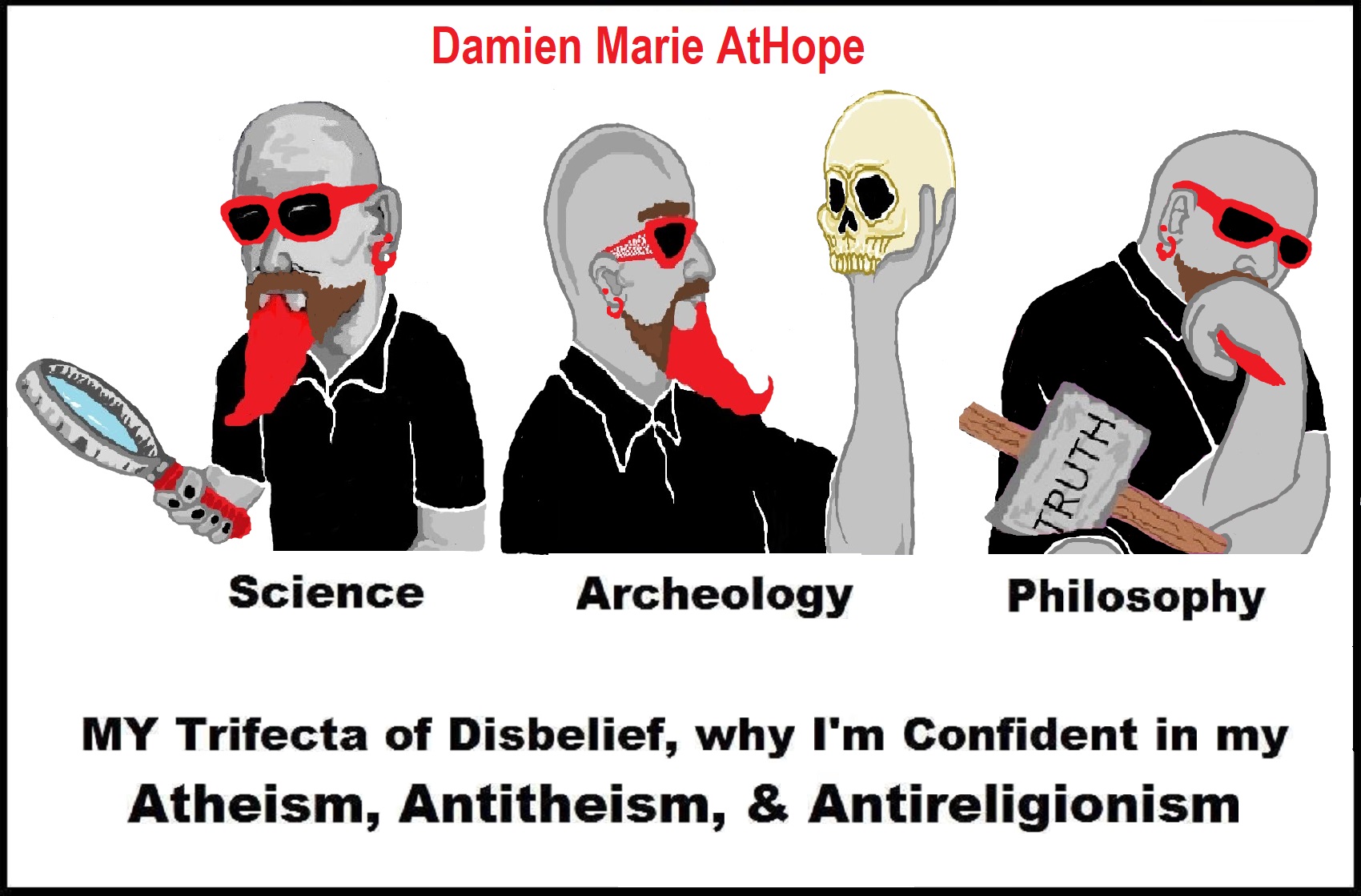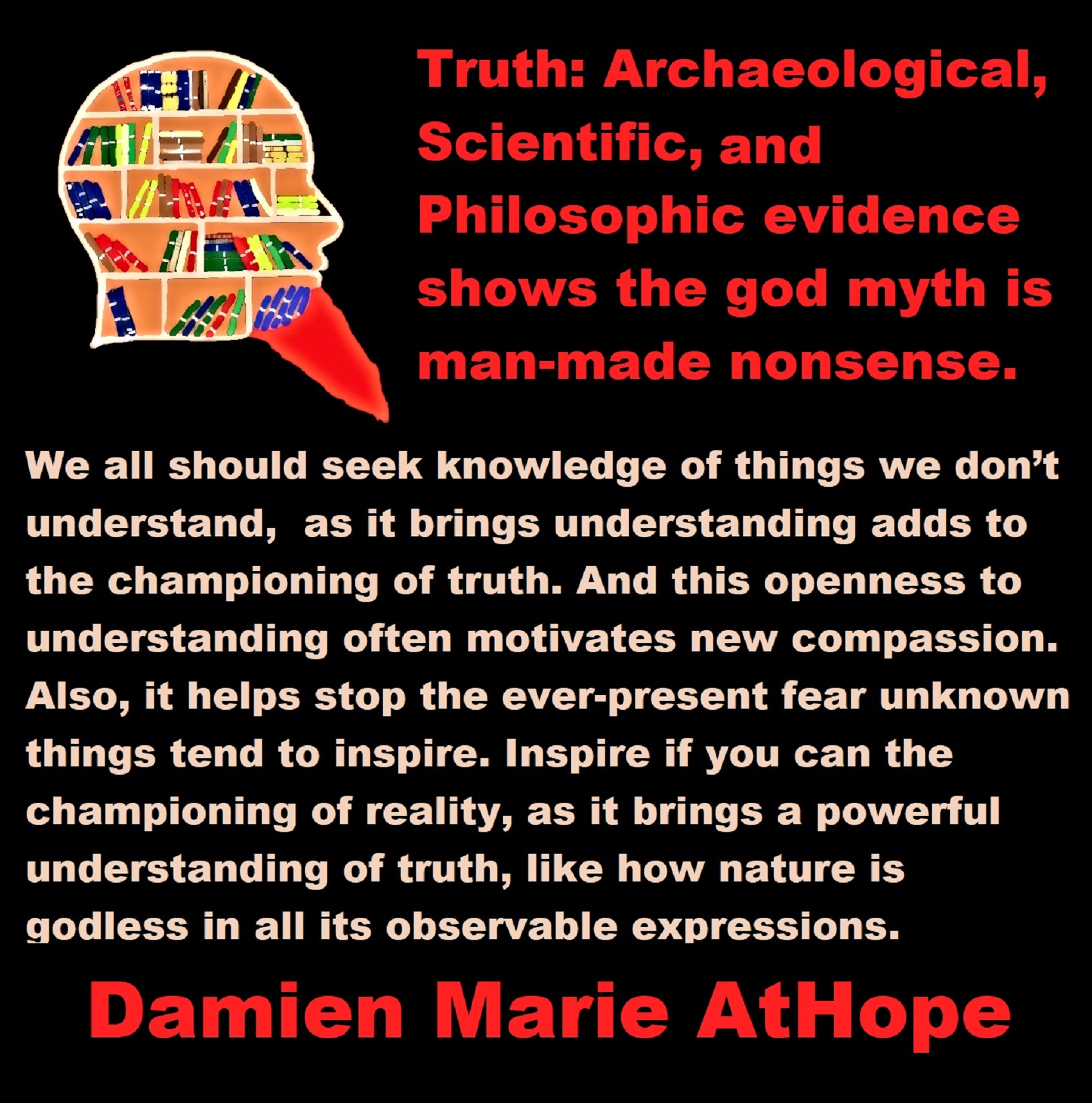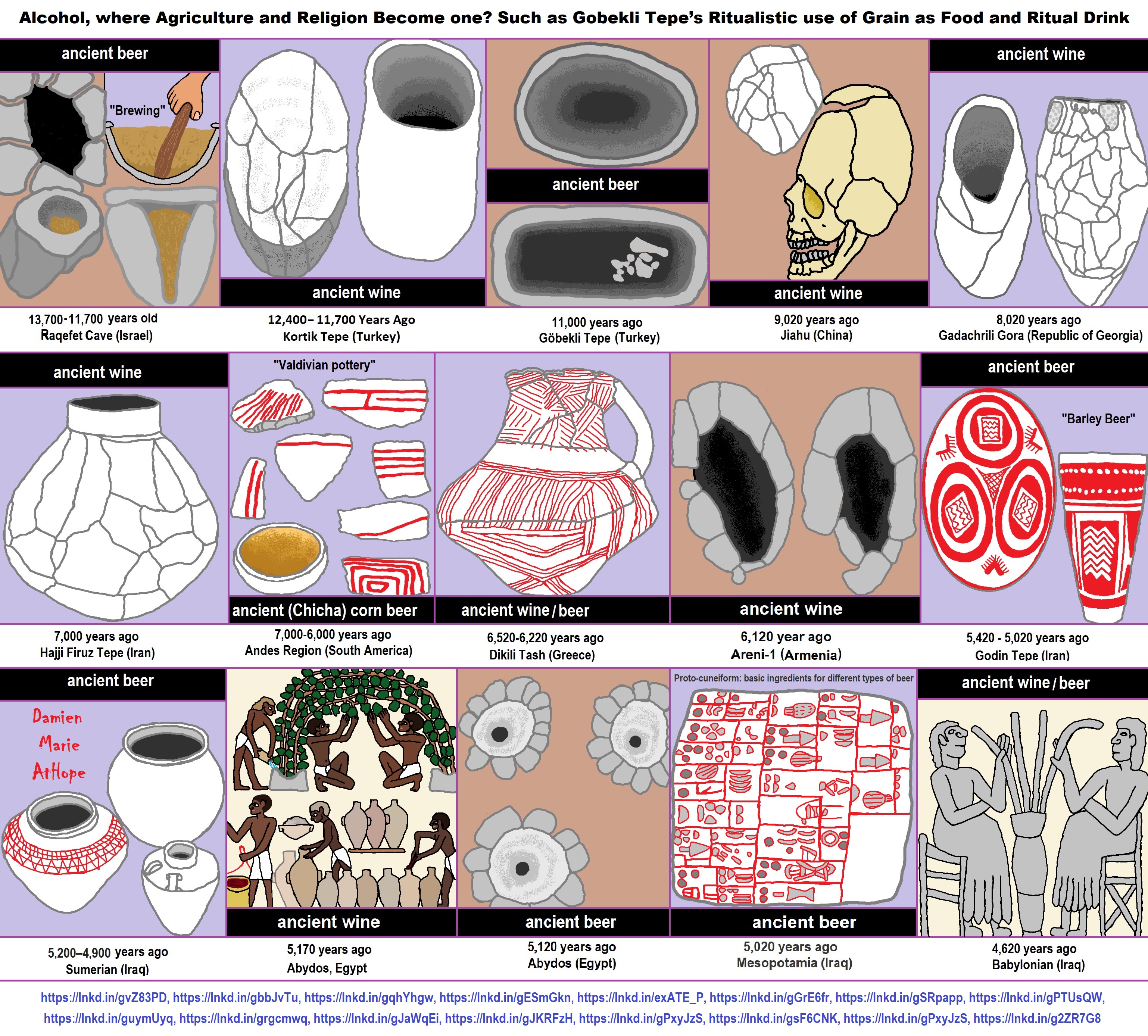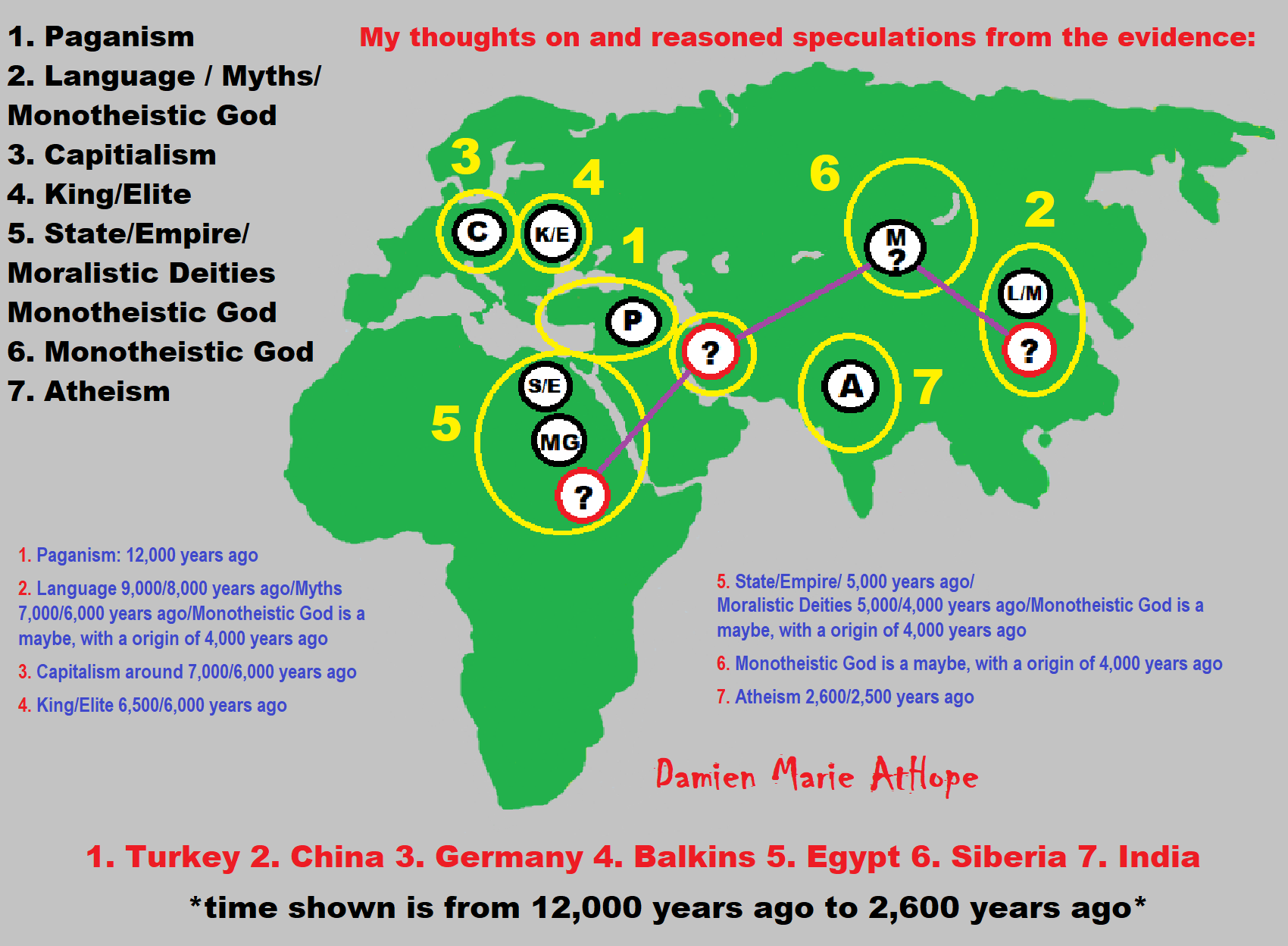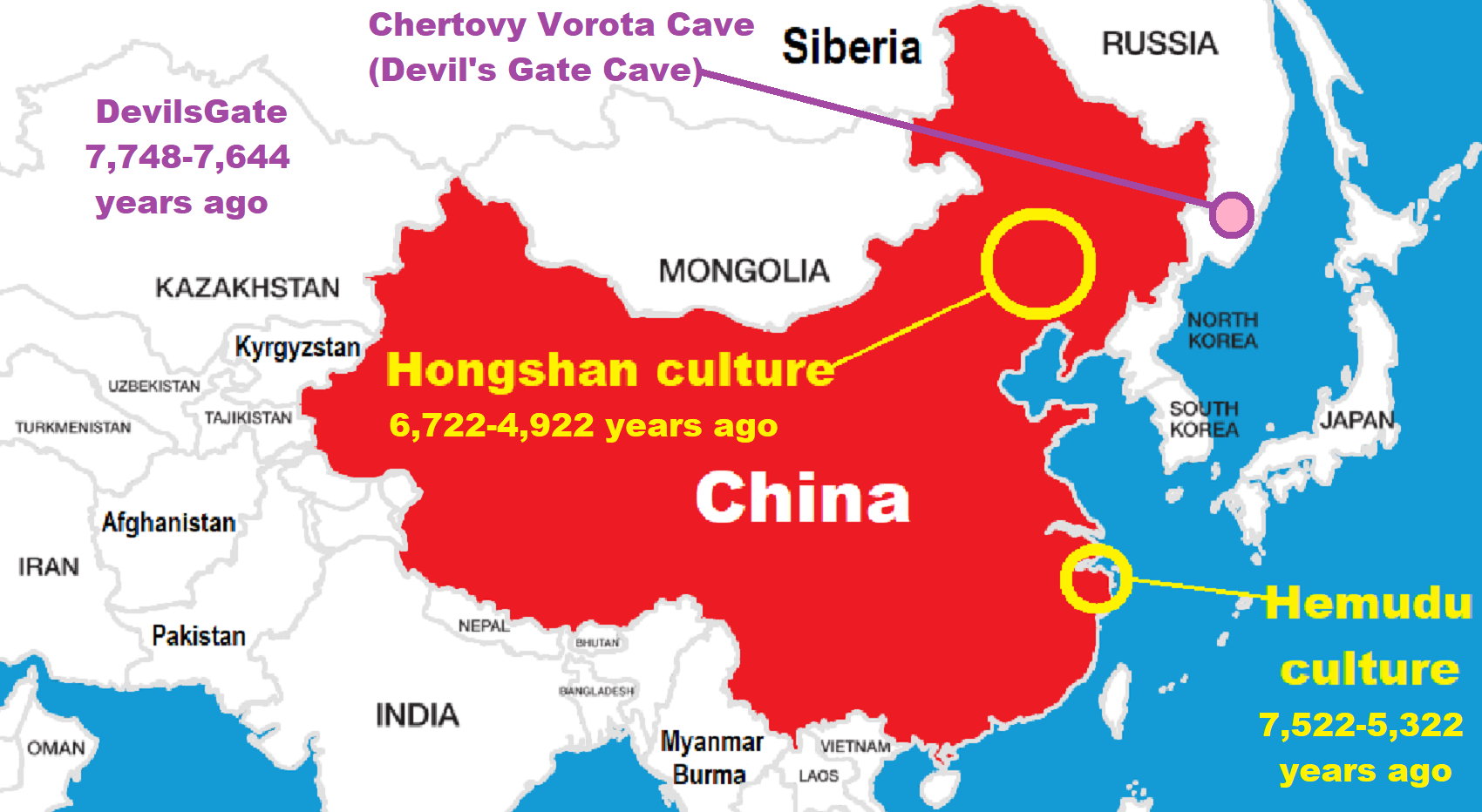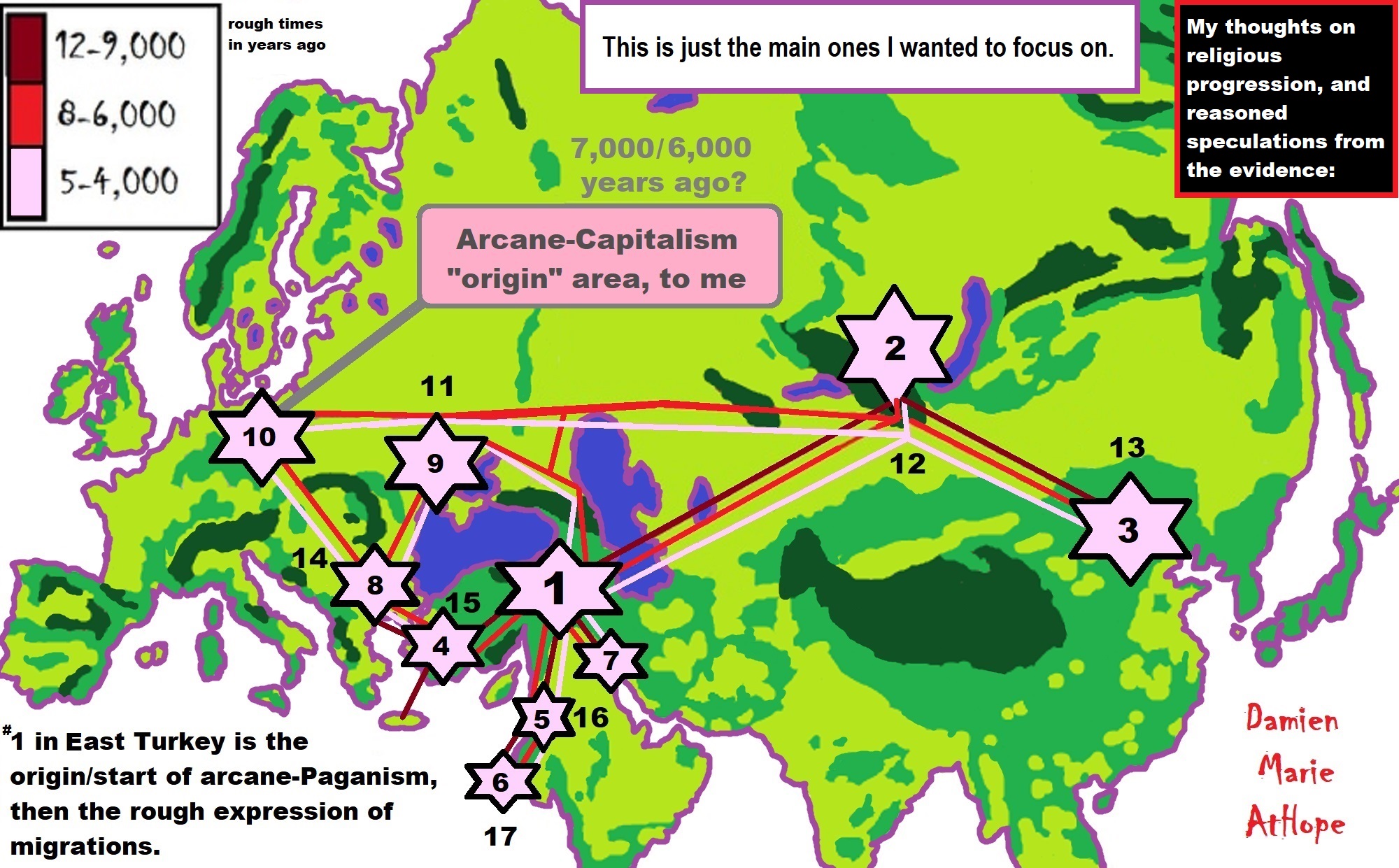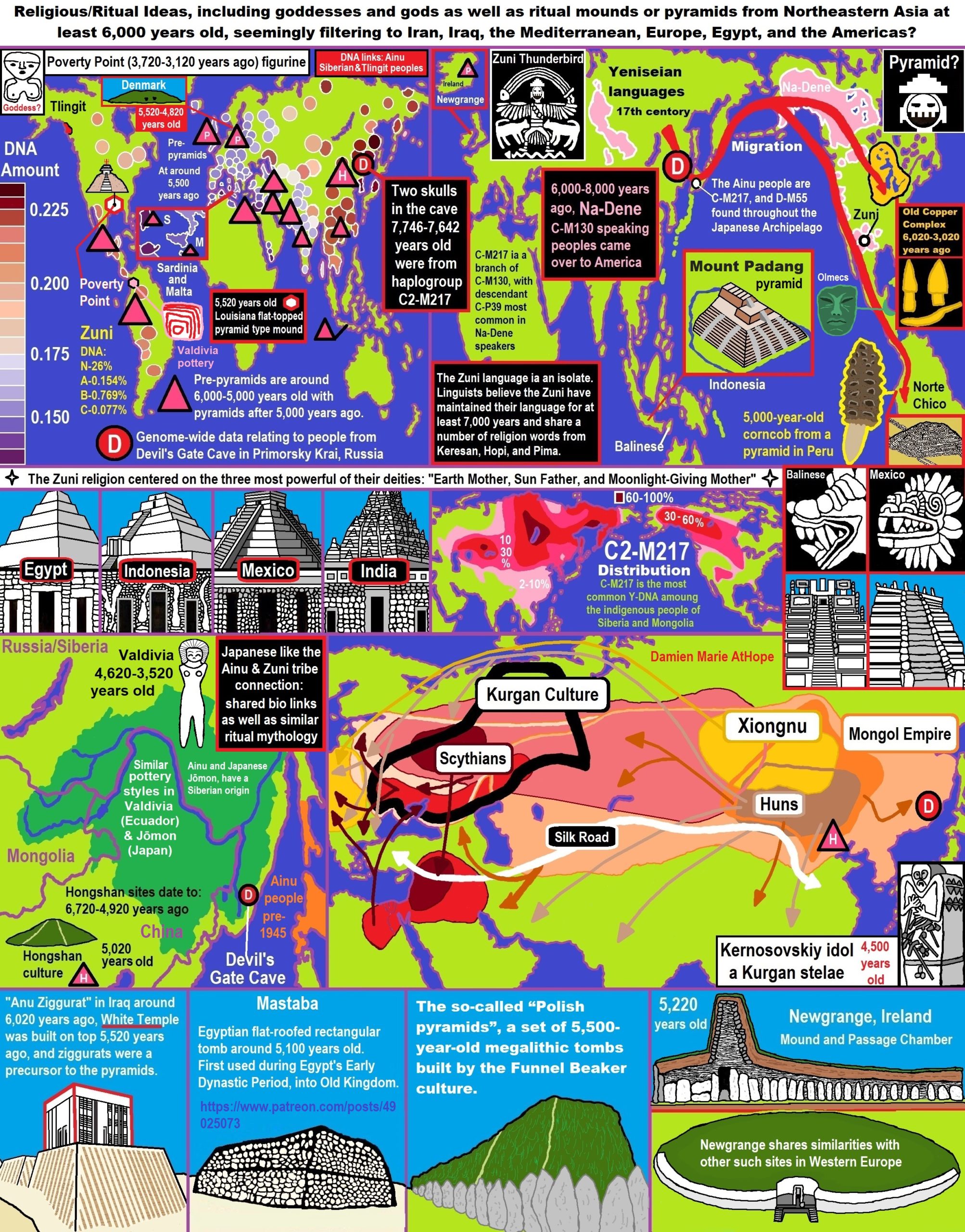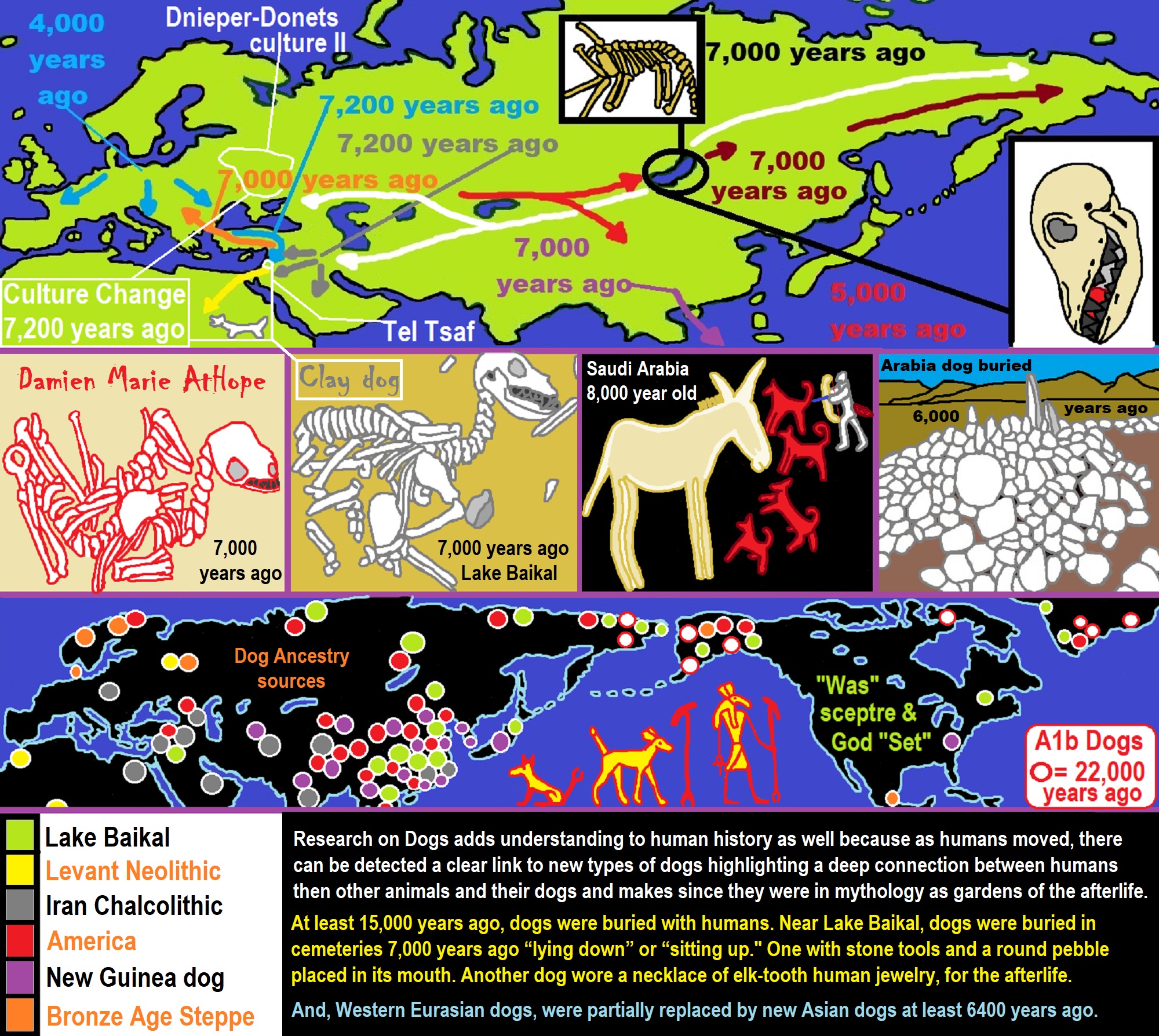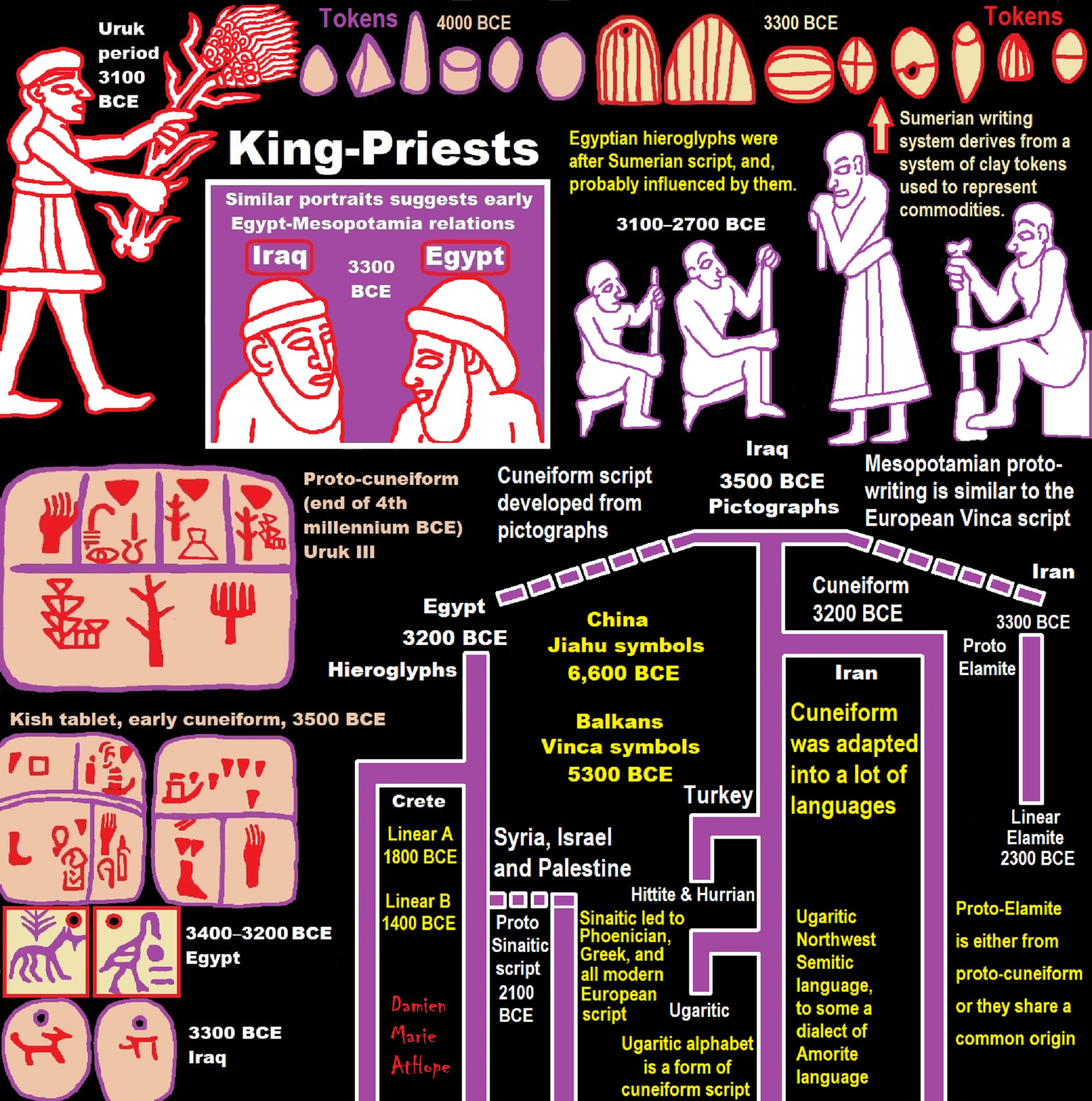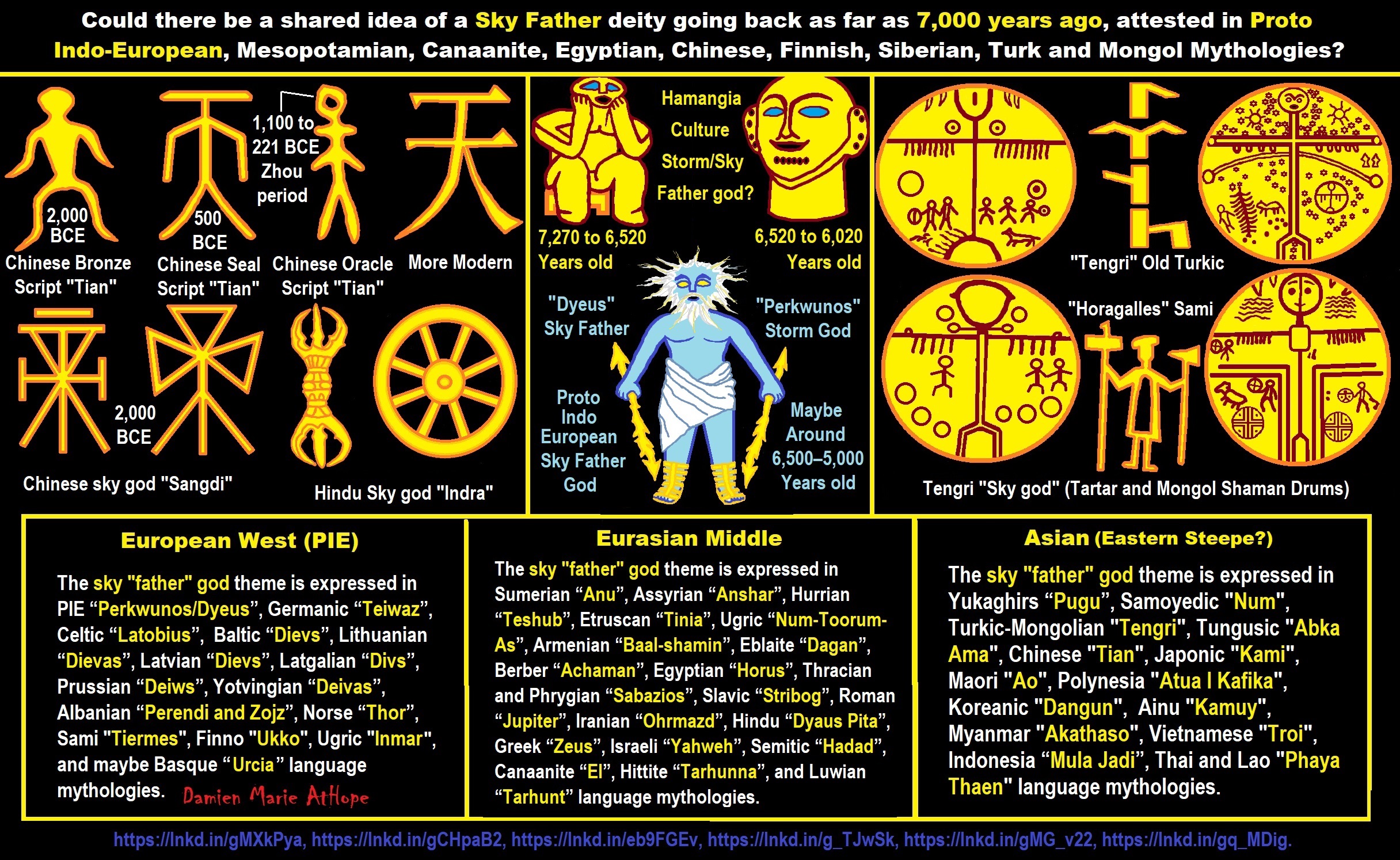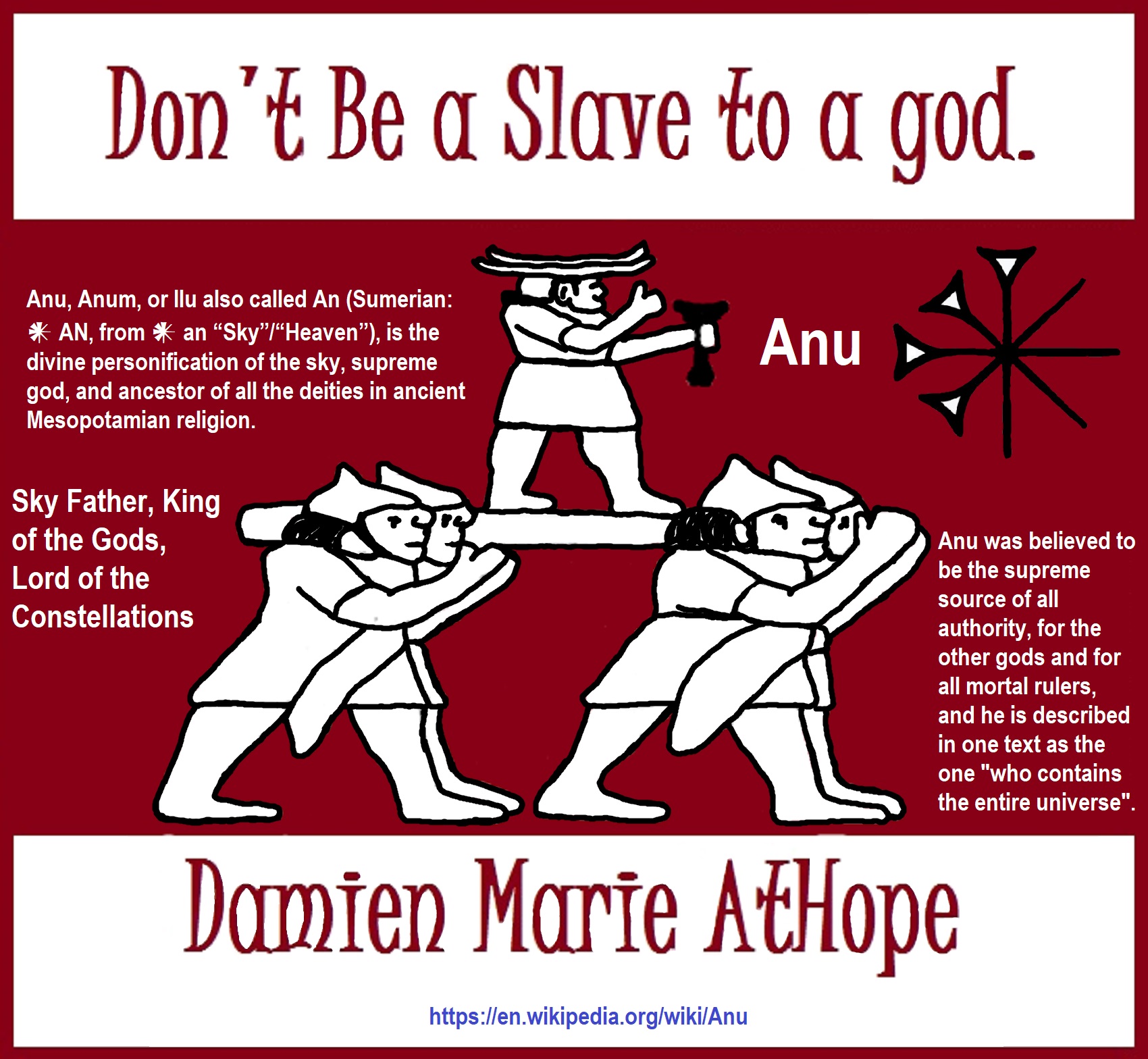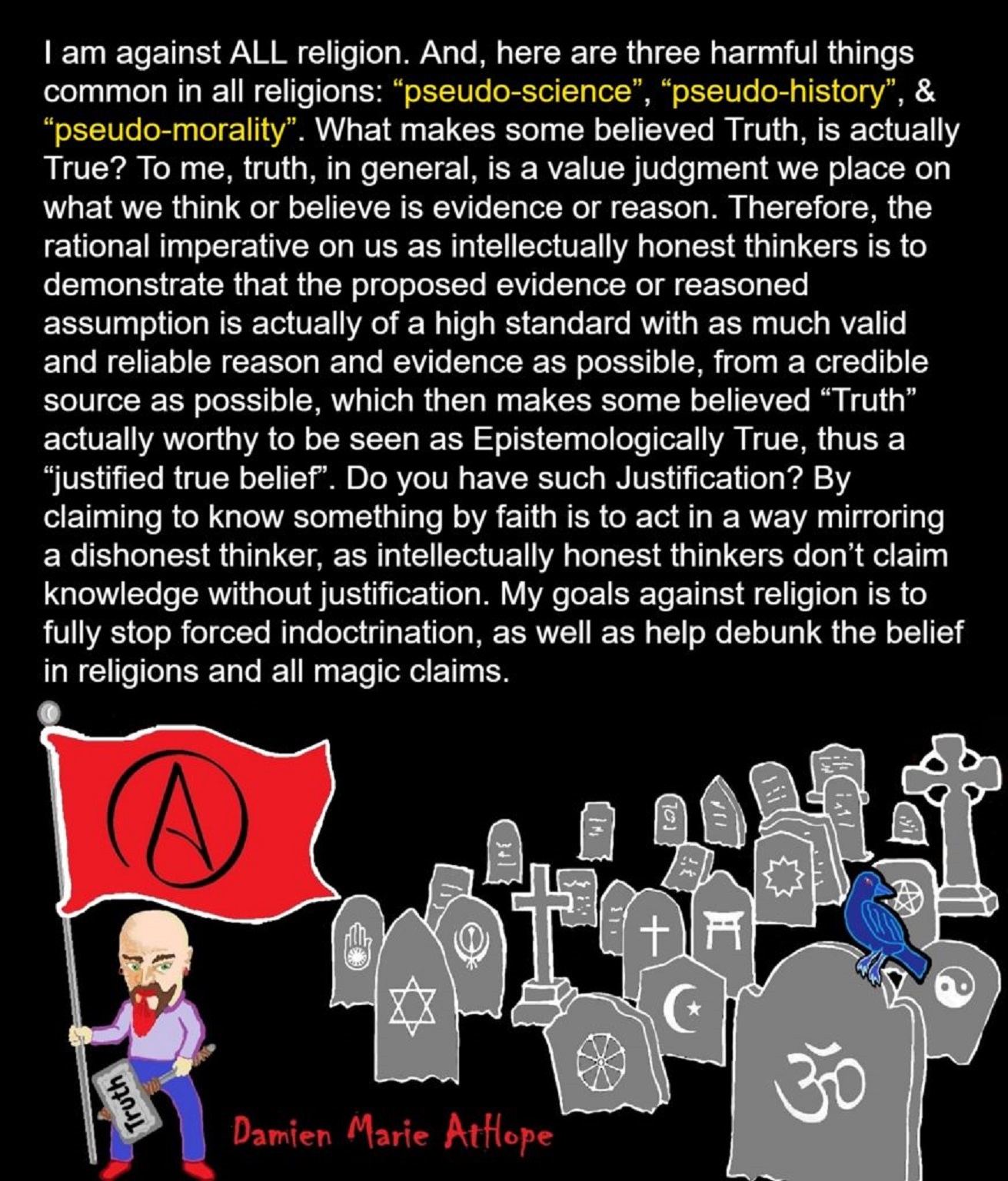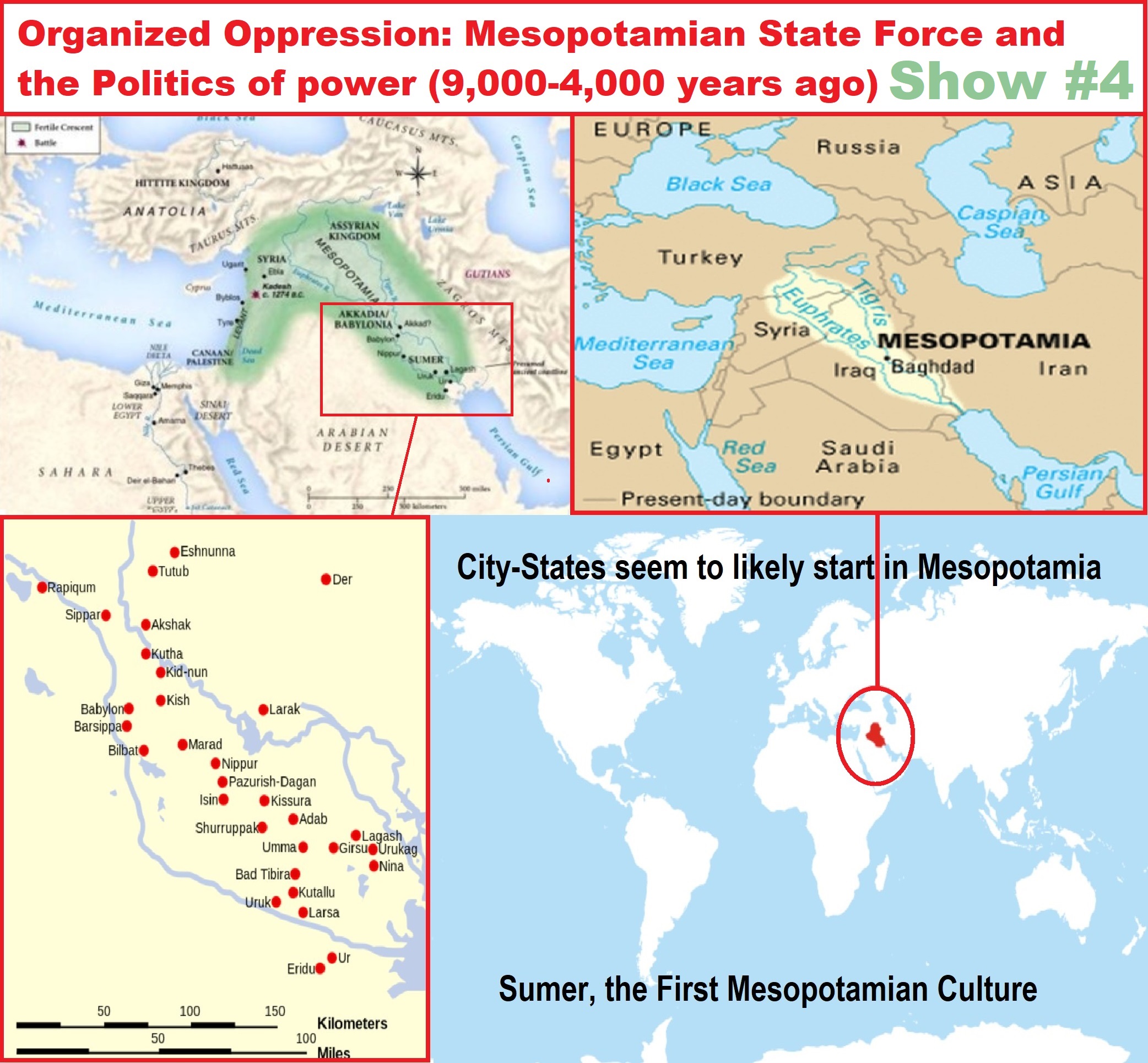
“Mesopotamia is a historical region of Western Asia situated within the Tigris–Euphrates river system, in the northern part of the Fertile Crescent. Mesopotamia occupies most of present-day Iraq and Kuwait. The historical region includes the head of the Persian Gulf and parts of present-day Iran, Syria, and Turkey.” ref
“The Sumerians and Akkadians (including Assyrians and Babylonians) dominated Mesopotamia from the beginning of written history (c. 3100 BCE or 5,121 years ago) to the fall of Babylon in 539 BCE or 2,560 years ago, when it was conquered by the Achaemenid Empire. It fell to Alexander the Great in 332 BCE or 2,353 years ago, and after his death, it became part of the Greek Seleucid Empire. Later the Arameans dominated major parts of Mesopotamia (900 BCE – 270 CE).” ref
“Around 150 BCE or 2,171 years ago, Mesopotamia was under the control of the Parthian Empire. Mesopotamia became a battleground between the Romans and Parthians, with western parts of Mesopotamia coming under ephemeral Roman control. In 226 CE, the eastern regions of Mesopotamia fell to the Sassanid Persians. The division of Mesopotamia between Roman (Byzantine from 395 AD) and Sassanid Empires lasted until the 7th-century Muslim conquest of Persia of the Sasanian Empire and Muslim conquest of the Levant from Byzantines.” ref
“A number of primarily neo-Assyrian and Christian native Mesopotamian states existed between the 1st century BCE and 3rd century BCE, including Adiabene, Osroene, and Hatra. Mesopotamia is the site of the earliest developments of the Neolithic Revolution from around 10,000 BCE or 12,021 years ago. It has been identified as having “inspired some of the most important developments in human history, including the invention of the wheel, the planting of the first cereal crops, and the development of cursive script, mathematics, astronomy, and agriculture“. It has been known as one of the earliest civilizations to ever exist in the world.” ref
City-States seem to likely start in Mesopotamia
“As time went on, many small villages became the first cities, one of them being Eridu, according to the Mesopotamians themselves. Scholars, however, consider Uruk to be the first city in history. Other Sumerian cities include Ur, Lagash, Adab, Kish, Larsa, Nippur, Kullah, and Adab among others.” ref
“In 4000 BCE or 6,021 years ago. came the first villages and the beginning of towns. By 3,500 BCE or 5,521 years ago, the Sumerian city-states began forming, all centered around temples to the gods. By this time, Sumerian people had invented writing, the wheel, irrigation and water control, and sailboats. One of the names for Mesopotamia is the “cradle of civilization,” as the land between the Tigris and Euphrates Rivers was the birthplace of civilization as we know it.” ref
“Sumer’s city-states were first ruled by priest-kings, known as Ensi. As society grew more complex, however, and city-states began battling over land and water rights, a secular kingship began, with the rule of a city-state in the hands of a Lugal, or strong man. The Lugal supervised wars and oversaw important trade with other lands. Trade brought in goods such as metal ores that were unobtainable in Sumer itself. It was probably the necessity of record-keeping in long-distance trade that spurred the development of cuneiform writing.” ref
“While the archeological record reveals the life of common Sumerians, the Sumerian King List provides some detail of Sumer’s kings. The King List, a cuneiform document that lists and briefly describes all the kings of the region beginning with Etana of Kish, who ruled c. 3100 BCE or 5,121 years ago. A scribe in the city of Lagash wrote the document around 2100 BCE or 4,121 years ago at the instigation of a king who wished to legitimate his rule by connecting his name with the known kings and their great deeds.” ref
“Sumer’s city-states warred with each other continually for land, water rights, and other natural resources. One king might create a larger alliance, but no one managed to rule them all until Eannutum of Lagash, who managed to subdue most of the city-states of Sumer under his rule. Lugalzagesi of Umma then held that proto-empire together until he was overthrown by Sargon the Great circa 2234 BCE or 4,255 years ago. Sargon, a Semite rather than a Sumerian, originated from northern Mesopotamia.” ref
“The Akkadian Empire dominated Sumer for the next 150 years. Sumer, however, would rise again during the Sumerian Renaissance of 2047-1750 BCE or 4,068 years ago. Sumer’s civilization provided the world with many firsts: first legal codes, court system, schools, proverbs, moral and ethical ideas, mathematical systems, libraries, bronze, writing, astrological signs, our division of time into hours and minutes and many technological innovations.” ref
Divine right of Kings
“Historically, many Notions of rights have been authoritarian and hierarchical, with different people granted different rights and some having more rights than others. For instance, the right of a father to receive respect from his son did not indicate a right for the son to receive a return from that respect. Analogously, the divine right of kings, which permitted absolute power over subjects, provided few rights for the subjects themselves.” ref
Pre-Christian conceptions of the Divine Right of Kings
Divine Right of Kings and Zoroastrianism (Iranian world)
The Indo-Iranian languages (also Indo-Iranic languages or Aryan languages) constitute the largest and southeasternmost extant branch of the Indo-European language family.
“Khvarenah “Ahura Mazda the god reportedly gives divine kingship to Ardashir.” Khvarenah is an Iranian and Zoroastrian concept, which literally means glory, about the divine right of the kings. This may stem from early Mesopotamian culture, where kings were often regarded as deities after their death. Shulgi of Ur was among the first Mesopotamian rulers to declare himself to be divine. In the Iranian view, kings would never rule, unless Khvarenah is with them, and they will never fall unless Khvarenah leaves them. For example, according to the Kar-namag of Ardashir, when Ardashir I of Persia and Artabanus V of Parthia fought for the throne of Iran, on the road Artabanus and his contingent are overtaken by an enormous ram, which is also following Ardashir. Artabanus’s religious advisors explain to him that the ram is the manifestation of the khwarrah of the ancient Iranian kings, which is leaving Artabanus to join Ardashir.” ref
Roman Empire (Italic languages)
Italic languages form a branch of the Indo-European language family, whose earliest known members were spoken on the Italian Peninsula in the first millennium BCE.
“The Imperial cult of ancient Rome identified Roman emperors and some members of their families with the “divinely sanctioned” authority (auctoritas) of the Roman State. The official offer of cultus to a living emperor acknowledged his office and rule as divinely approved and constitutional: his Principate should therefore demonstrate pious respect for traditional Republican deities and mores. Many of the rites, practices, and status distinctions that characterized the cult to emperors were perpetuated in the theology and politics of the Christianised Empire.” ref
Christian conceptions of the Divine Right of Kings
“In European Christianity, the divine right of kings, divine right, or God’s mandation is a political and religious doctrine of political legitimacy of a monarchy. It stems from a specific metaphysical framework in which a monarch is, before birth, pre-ordained to inherit the crown. According to this theory of political legitimacy, the subjects of the crown have actively (and not merely passively) turned over the metaphysical selection of the king’s soul – which will inhabit the body and rule them – to God. In this way, the “divine right” originates as a metaphysical act of humility and/or submission towards God. The Divine Right has been a key element of the legitimation of many absolute monarchies.” ref
“Significantly, the doctrine asserts that a monarch is not accountable to any earthly authority (such as a parliament) because their right to rule is derived from divine authority. Thus, the monarch is not subject to the will of the people, of the aristocracy, or of any other estate of the realm. It follows that only divine authority can judge a monarch, and that any attempt to depose, dethrone or restrict their powers runs contrary to God’s will and may constitute a sacrilegious act. It is often expressed in the phrase by the Grace of God, which has historically been attached to the titles of certain reigning monarchs. Note, however, that such accountability only to God does not per se make the monarch a sacred king.” ref

Organized Oppression: Mesopotamian State Force and the Politics of Power Show #4
21:30 First Kings Video Used
This series idea was addressed in, Anarchist Teaching as Free Public Education or Free Education in the Public: VIDEO
Our 12 video series: Organized Oppression: Mesopotamian State Force and the Politics of power (9,000-4,000 years ago), is adapted from: The Complete and Concise History of the Sumerians and Early Bronze Age Mesopotamia (7000-2000 BC): https://www.youtube.com/watch?v=szFjxmY7jQA by “History with Cy“
Show #1: Mesopotamian State Force and the Politics of Power (Samarra, Halaf, Ubaid)
Show #2: Mesopotamian State Force and the Politics of Power
Show #3: Mesopotamian State Force and the Politics of Power (Uruk and the First Cities)
Show #4: Mesopotamian State Force and the Politics of Power (First Kings)
Show #5: Mesopotamian State Force and the Politics of Power (Early Dynastic Period)
Show #6: Mesopotamian State Force and the Politics of Power
Show #7: Mesopotamian State Force and the Politics of Power (Sargon and Akkadian Rule)
Show #9: Mesopotamian State Force and the Politics of Power (Gudea of Lagash and Utu-hegal)
Show #12: Mesopotamian State Force and the Politics of Power (Aftermath and Legacy of Sumer)

Pic ref
“The English word Tyrant ultimately derives from the Greek Tyrannos meaning “monarch.” Polybius (Greek historian) indicated that eventually, any one-man rule (monarchy/executive) governing form would become corrupted into a tyranny.” ref
Mesopotamian Power
“Mesopotamia (Ancient Greek: Μεσοποταμία Mesopotamíā; Arabic: بِلَاد ٱلرَّافِدَيْن Bilād ar-Rāfidayn; Classical Syriac: ܐܪܡ ܢܗܪ̈ܝܢ, Ārām-Nahrēn or ܒܝܬ ܢܗܪ̈ܝܢ, Bēṯ Nahrēn) is a historical region of Western Asia situated within the Tigris–Euphrates river system, in the northern part of the Fertile Crescent. Today, Mesopotamia occupies modern Iraq. In the broader sense, the historical region included present-day Iraq and Kuwait and parts of present-day Iran, Syria, and Turkey. Mesopotamia is the site of the earliest developments of the Neolithic Revolution from around 10,000 BCE or 12,022 years ago. It has been identified as having “inspired some of the most important developments in human history, including the invention of the wheel, the planting of the first cereal crops, and the development of cursive script, mathematics, astronomy, and agriculture“. It has been known as one of the earliest civilizations to ever exist in the world.” ref
Different types of egalitarian societies and the development of inequality in early Mesopotamia
“Abstract: There is no single form that equality takes in past societies. Some societies, horizontal egalitarian systems, manifest an absence of hierarchy, but in other societies (vertical egalitarian systems), privileged status coexists with substantial equality. A detailed comparison of the Halaf culture of northern Mesopotamia and eastern Anatolia with the Samarra and Ubaid cultures of central and southern Mesopotamia, examining settlement patterns, economy, and burial customs, reveals the ways the vectors of egalitarianism in these two contrasting systems and enables key variables determining the nature and distribution of equality to be distinguished. The excavation of the Halaf settlement at Kazane is still limited to an extremely small area and is mostly unpublished. Only an extensive excavation, stratigraphically connecting in detail the individual building phases recognized in different trenches, could actually prove the absence of shifting in the settled areas during the course of the same archaeological phase. A certain quantity of charred grains has been found at Sabi Abyad in the area around these structures. Researchers have suggested the use of the Latin term cretula (a white clay used for sealing) to designate clay sealings and any kind of sealed administrative tools.” ref
“This, rather than exchange or transhumant pastoralism, was, in the researcher’s opinion, the main explanation for the Halaf ‘expansion’, also according with the extensive, gradual, and capillary occupation by this culture of the Eastern Anatolian regions. The exchange of valuables over long distances was certainly also intensified during the urbanization process in Mesopotamia, and the exploitation of metals had undergone a clear intensification, starting from the end of the Ubaid period and more evidently in the Uruk period. The economic sectors that were subjected to an increasingly complex and sophisticated administrative apparatus – and were therefore under a real centralized control – were still, however, in the Late Uruk period, those related to the production of staples and the management of the labor force, as documented by the archaeological evidence, where it exists, in more than one site both in the north (Jebel Aruda, Arslantepe) and in the south (Uruk-Warka). The researcher is therefore convinced that the basic sources of wealth for the emerging elites were primary products, whereas trade and production of valuables (the so-called ‘wealth finance’) accompanied this process as a consequence of the increased power of the high-rank units and their new requests for prestige and craft articles.” ref
Models of Social Evolution: Trajectories from the Neolithic to the State
“Abstract: There is no universal trajectory from kinship-ordered egalitarian to state-ordered stratified society. Two divergent, `pristine’ state forms evolved, corresponding to quite distinct ecological/historical impulses. The `Asiatic’/Village-State mode of production emerged from an identifiable center on the basis of a geographically extensive and largely uniform ecology, with descent groups remaining the corporate societal elements. By contrast, the organic urbanism of City-State Mesopotamia emerged from topographical diversity in an open-ended positive feedback system with many diverse inputs. In the process, new minimal lineage forms developed embedded in, and subsumed by, the household as a larger co-residential grouping, the latter displacing the kinship idiom as the basic mode of social organization in the emerging urban society. Stratification occurred not on the basis of the `conical clan,` as in the Village-State, but within households (differential relationship to the core descent grouping) and between households (differential control over means of production). Thus City-State stratification/urbanism was rooted in economic differentiation, as opposed to ideological and political differentiation in the Village-State.” ref
“Sumer (/ˈsuːmər/) is the earliest known civilization in the historical region of southern Mesopotamia (south-central Iraq), emerging during the Chalcolithic and early Bronze Ages between the sixth millennium BCE and fifth millennium BCE. It is one of the cradle of civilizations in the world, along with ancient Egypt, Elam, the Caral-Supe civilization, Olmecs, the Indus Valley civilisation, and ancient China. Genetic analysis of four ancient Mesopotamian skeletal DNA samples suggests an association of the Sumerians with the Indus Valley Civilization, possibly as a result of ancient Indus-Mesopotamia relations. According to some data, the Sumerians are associated with the Hurrians and Urartians, and the Caucasus is considered their homeland. A prehistoric people who lived in the region before the Sumerians have been termed the “Proto-Euphrateans” or “Ubaidians“ and are theorized to have evolved from the Samarra pottery culture of northern Mesopotamia. Sumerian civilization took form in the Uruk period (4th millennium BCE), continuing into the Jemdet Nasr and Early Dynastic periods.” ref
“The Sumerian city-states rose to power during the prehistoric Ubaid and Uruk periods. Sumerian written history reaches back to the 27th century BCE and before, but the historical record remains obscure until the Early Dynastic III period, c. 23rd century BCE, when a now deciphered syllabary writing system was developed, which has allowed archaeologists to read contemporary records and inscriptions. The Akkadian Empire was the first state that successfully united larger parts of Mesopotamia in the 23rd century BCE.” ref
“The Sumerians and Akkadians (including Assyrians and Babylonians) originating from different areas in present-day Iraq, dominated Mesopotamia from the beginning of written history (c. 3100 BCE or 5,122 years ago) to the fall of Babylon in 539 BCE or 2,561 years ago, when it was conquered by the Achaemenid Empire. It fell to Alexander the Great in 332 BCE or 2,354 years ago, and after his death, it became part of the Greek Seleucid Empire. Later the Arameans dominated major parts of Mesopotamia (c. 900 BCE – 270 CE).” ref
“The prehistory of the Ancient Near East begins in the Lower Paleolithic period. Therein, writing emerged with a pictographic script in the Uruk IV period (c. 4th millennium BCE), and the documented record of actual historical events — and the ancient history of lower Mesopotamia — commenced in the mid-third millennium BCE with cuneiform records of early dynastic kings. This entire history ends with either the arrival of the Achaemenid Empire in the late 6th century BCE or with the Muslim conquest and the establishment of the Caliphate in the late 7th century CE, from which point the region came to be known as Iraq. In the long span of this period, Mesopotamia housed some of the world’s most ancient highly developed, and socially complex states.” ref
“The region was one of the four riverine civilizations where writing was invented, along with the Nile valley in Ancient Egypt, the Indus Valley Civilization in the Indian subcontinent, and the Yellow River in Ancient China. Mesopotamia housed historically important cities such as Uruk, Nippur, Nineveh, Assur, and Babylon, as well as major territorial states such as the city of Eridu, the Akkadian kingdoms, the Third Dynasty of Ur, and the various Assyrian empires. Some of the important historical Mesopotamian leaders were Ur-Nammu (king of Ur), Sargon of Akkad (who established the Akkadian Empire), Hammurabi (who established the Old Babylonian state), Ashur-uballit I, and Tiglath-Pileser I (who established the Assyrian Empire).” ref
“Scientists analyzed DNA from the 8,000-year-old remains of early farmers found at an ancient graveyard in Germany. They compared the genetic signatures to those of modern populations and found similarities with the DNA of people living in today’s Turkey and Iraq.” ref
- Pre- and protohistory Pre-Pottery Neolithic A (10,000–8700 BCE or 12,022-10,722 years ago)
Pre-Pottery Neolithic B (8700–6800 BCE or 10,022-8,822 years ago)
Jarmo (7500–5000 BCE or 9,522-7,022 years ago)
Hassuna (~6000 BC–? BCE or 8,022-? years ago), Samarra (~5700–4900 BCE or 7,722-6,922 years ago), and Halaf cultures (~6000–5300 BCE or 8,022-7,322 years ago)
Ubaid period (~6500–4000 BCE or 8,522-6,022 years ago)
Uruk period (~4000–3100 BCE or 6,022-5,122 years ago)
Jemdet Nasr period (~3100–2900 BCE or 5,122-4,922 years ago) - Early Bronze AgeEarly Dynastic period (~2900–2350 BCE or 4,922-4,372 years ago)
Akkadian Empire (~2350–2100 BCE or 4,372-4,122 years ago)
Third Dynasty of Ur (2112–2004 BCE or 4,134-4,026 years ago)
Early Assyrian kingdom (24th to 18th century BCE) - Middle Bronze AgeIsin-Larsa period (19th to 18th century BCE)
First Babylonian dynasty (18th to 17th century BCE)
Minoan eruption (c. 1620 BCE) - Late Bronze AgeOld Assyrian period (16th to 11th century BCE)
Middle Assyrian period (c. 1365–1076 BCE)
Kassites in Babylon, (c. 1595–1155 BCE)
Late Bronze Age collapse (12th to 11th century BCE) - Iron AgeSyro-Hittite states (11th to 7th century BCE)
Neo-Assyrian Empire (10th to 7th century BCE)
Neo-Babylonian Empire (7th to 6th century BCE) - Classical antiquityFall of Babylon (5h century BCE)
Achaemenid Babylonia, Achaemenid Assyria (6th to 4th century BCE)
Seleucid Mesopotamia (4th to 3rd century BCE)
Parthian Babylonia (3rd century BCE to 3rd century CE)
Osroene (2nd century BCE to 3rd century CE)
Adiabene (1st to 2nd century CE)
Hatra (1st to 2nd century CE)
Roman Mesopotamia (2nd to 7th centuries CE), Roman Assyria (2nd century CE) - Late AntiquityPalmyrene Empire (3nd century CE)
Asōristān (3rd to 7th century CE)
Euphratensis (mid-4th century CE to 7th century CE)
Muslim conquest (mid-7th century CE)” ref
“The dynastic period of Mesopotamia begins c. 2900 BCE and was associated with a shift from the temple establishment headed by a council of elders led by a priestly “En” (a male figure when it was a temple for a goddess, or a female figure when headed by a male god) towards a more secular Lugal (Lu = man, Gal = great) and includes such legendary patriarchal figures as Dumuzid, Lugalbanda, and Gilgamesh—who resigned it is surmised shortly before the historic record opens c. 2900 BCE, when the now deciphered syllabic writing started to develop from the early pictograms. The center of Sumerian culture remained in southern Mesopotamia, even though rulers soon began expanding into neighboring areas, and neighboring Semitic groups adopted much of Sumerian culture for their own.” ref
“Sumerian cities during the Uruk period were probably theocratic and were most likely headed by a priest-king (ensi), assisted by a council of elders, including both men and women. It is quite possible that the later Sumerian pantheon was modeled upon this political structure. There was little evidence of organized warfare or professional soldiers during the Uruk period, and towns were generally unwalled. During this period, Uruk became the most urbanized city in the world, surpassing for the first time 50,000 inhabitants. The ancient Sumerian king list includes the early dynasties of several prominent cities from this period. The first set of names on the list is of kings said to have reigned before a major flood occurred. These early names may be fictional, and include some legendary and mythological figures, such as Alulim and Dumizid. The end of the Uruk period coincided with the Piora oscillation, a dry period from c. 3200–2900 BC that marked the end of a long wetter, warmer climate period from about 9,000 to 5,000 years ago, called the Holocene climatic optimum.” ref
“The Sumerian king list states that Kish was the first city to have kings following the deluge, beginning with Ĝushur. Ĝushur’s successor is called Kullassina-bel, but this is actually a sentence in Akkadian meaning “All of them were lord”. Thus, some scholars have suggested that this may have been intended to signify the absence of a central authority in Kish for a time.” ref
A time before a king in Mesopotamia, or was it an elite democracy rule? “All of them were lord.”
“Kullassina-bel of Kish was the second king in the First Dynasty of Kish according to the Sumerian king list, which adds that he reigned for 960 years (or 900 in some copies). As the name seems to be an Akkadian phrase meaning “All(kull) of them(assina) (were) lord(bel),” it has sometimes been suggested that the occurrence of this name on the list was intended to denote a period of no central authority in the early period of Kish.” ref
It all starts with war and conquests?
“Archaeologists have unearthed a 5,000-year-old toy 4-wheeled war cart/chariot and rattle while excavating an ancient city in Turkey. Experts suggest that the recent discovery could shed light on how children in the Bronze Age used to play.” ref
“Scarlet Ware Pottery excavated in Khafajah. 2800-2600 BCE, Early Dynastic II-III, Sumer shows a similar 4-wheeled war cart/chariot painted motif on the pottery (seeming to show war was normal from the beginning).
“The first recorded war in history took place in Mesopotamia in around 2700 BCE, between the forces of Sumer and Elam. The Sumerians, under the King of Kish, defeated the Elamites and are recorded as to have “carried away as spoils the weapons of Elam.” ref
“The Early Dynastic period I (2900–2750/2700 BCE) is poorly known, relative to the sub-periods that followed it. In Lower Mesopotamia, it shared characteristics with the final stretches of the Uruk (c. 3300–3100 BCE) and Jemdet Nasr (c. 3100–2900 BCE) periods. ED I is contemporary with the culture of the Scarlet Ware pottery typical of sites along the Diyala in Lower Mesopotamia, the Ninevite V culture in Upper Mesopotamia, and the Proto-Elamite culture in southwestern Iran. New artistic traditions developed in Lower Mesopotamia during the ED II (2750/2700–2600 BCE). These traditions influenced the surrounding regions. According to later Mesopotamian historical tradition, this was the time when legendary mythical kings such as Lugalbanda, Enmerkar, Gilgamesh, and Aga ruled over Mesopotamia. Archaeologically, this sub-period has not been well-attested to in excavations of Lower Mesopotamia, leading some researchers to abandon it altogether.” ref
“1st Dynasty of Kish 2900-2600 BCE Etana, Enmebaragesi” ref
A-Imdugud (ruler or king) 2700 BCE
“A-Imdugud, named after God Imdugud, also read Aja-Anzu), was an early ruler of the First Dynasty of Ur in the 27th century BCE. He does not appear in the Sumerian King List, but is known from an inscribed seal found in tomb PG 1236 in the Royal Cemetery at Ur, which is the largest and probably the earliest tomb structure at the cemetery. Two inscribed seals were found, one is a banquet scene with an inscription Gan-Ekiga(k), and another with the depiction of a nude hero fighting lions and a war scene reminiscent of the Standard of Ur, with the name Aja-Anzu, also read A-Imdugud. This seal is very similar to the seal of Mesannepada. Gold leaves with embossed designs, as well as a reconstituted gold scepter, have also been found in the tomb.” ref
Ur-Pabilsag (ruler or king) 2600 BCE
“Ur-Pabilsag was an early ruler of the First Dynasty of Ur in the 26th century BCE. He does not appear in the Sumerian King List, but is known from an inscription fragment found in Ur, bearing the title “Ur-Pabilsag, king of Ur.” It has been suggested that his tomb is at the Royal Cemetery at Ur (Grave PG 779). He may have died around 2550 BCE or 4,572 years ago. Several artifacts are known from tomb PG 779 at the Royal Cemetery at Ur, such as the famous Standard of Ur, and decorated shell plaques. The Standard of Ur, “War” panel, from tomb PG 779 (dates to the First Dynasty of Ur during the Early Dynastic period and is around 4,600 years old) shows a King at war, with soldiers, from the Standard of Ur.” ref
Meskalamdug (ruler or king) 2600 BCE
“Meskalamdug (“hero of the good land”) was an early Sumerian ruler of the First Dynasty of Ur in the 26th century BCE. He does not appear in the Sumerian King List, but is known from a royal cylinder seal found in the Royal Cemetery at Ur, a royal bead inscription found in Mari, both mentioning him as King, and possibly his tomb, which contained numerous gold artifacts including a golden helmet with an inscription of the king’s name. By observing the contents of this royal grave, it is made clear that this ancient civilization was quite wealthy.” ref
Kubaba (ruler or queen) 2500 BCE
“Kubaba is the only queen on the Sumerian King List, which states she reigned for 100 years – roughly in the Early Dynastic III period (ca. 2500–2330 BCE) of Sumerian history. A connection between her and a goddess known from Hurro–Hittite and later Luwian sources cannot be established on the account of spatial and temporal differences. Kubaba is one of the very few women to have ever ruled in their own right in Mesopotamian history. Most versions of the king list place her alone in her own dynasty, the 3rd Dynasty of Kish, following the defeat of Sharrumiter of Mari, but other versions combine her with the 4th dynasty, which followed the primacy of the king of Akshak. Before becoming monarch, the king list says she was an alewife (also brewess or brewster, a historical term for a woman who brewed ale for commercial sale). ref
Political events in Early Mesopotamia
“Somewhat reliable information on then-contemporary political events in Mesopotamia is available only for the ED IIIb 2500/2450–2350 period. These texts come mainly from Lagash and detail the recurring conflict with the city-state of Umma over control of irrigated land. The kings of Lagash are absent from the Sumerian King List, as are their rivals, the kings of Umma. This suggests that these states, while powerful in their own time, were later forgotten. The royal inscriptions from Lagash also mention wars against other Lower Mesopotamian city-states, as well as against kingdoms farther away. Examples of the latter include the city-states of Mari, Subartu, and Elam. These conflicts show that already in this stage in history there was a trend toward stronger states dominating larger territories. For example, king Eannatum of Lagash was able to defeat Mari and Elam around 2450 BCE. Enshakushanna of Uruk seized Kish and imprisoned its king Embi-Ishtar around 2350 BCE. Lugal-zage-si, king of Uruk and Umma, was able to seize most of Lower Mesopotamia around 2358 B.C. This phase of warring city-states came to an end with the emergence of the Akkadian Empire under the rule of Sargon of Akkad in 2334 BCE. The political history of Upper Mesopotamia and Syria is well known from the royal archives recovered at Ebla. Ebla, Mari, and Nagar were the dominant states for this period. The earliest texts indicate that Ebla paid tribute to Mari but was able to reduce it after it won a military victory. Cities like Emar on the Upper Euphrates and Abarsal (location unknown) were vassals of Ebla. Ebla exchanged gifts with Nagar, and a royal marriage was concluded between the daughter of a king of Ebla and the son of his counterpart at Nagar. The archives also contain letters from more distant kingdoms, such as Kish and possibly Hamazi, although it is also possible that there were cities with the same names closer to Ebla. In many ways, the diplomatic interactions in the wider Ancient Near East during this period resemble those from the second millennium BCE, which are particularly well known from the Amarna letters.” ref
The Sumerians and the Death Pits of Ur
“The Sumerians developed a distinctive culture in the southernmost part of Iraq. During the Early Dynastic Period (3000-2300 BCE or 5,022 to 4,322 years ago) their influence extended into Syria and Iran. By the Early Dynastic III period, high-ranking members of the society were buried in elaborate tombs with an astonishing array of highly-crafted and valuable goods. Leonard Woolley’s discovery of the Great Death Pits at Ur was one of the most controversial of the time, because of the inclusion of sacrificial retainers or servants.” ref
Gilgamesh, Lessons from a Demigod
“Gilgamesh was a brutal tyrant who foolishly tried to defeat death. Reading Gilgamesh will not only teach them to face the challenges that lie ahead, but also give them an appreciation for the idea that no matter how much our modern world might seem different from earlier times, the essence of the human experience remains the same. The story begins with a narrator urging his readers to examine the fine walls of Uruk, the magnificent city in southern Mesopotamia where Gilgamesh ruled. The story of Gilgamesh is based on a historical king of that name who lived in the Sumerian city of Uruk in present-day southern Iraq around 2700 BCE or 4,722 years ago. He must have made quite an impression on the Sumerians, for within a few centuries they were recording stories about him on clay tablets using their wedge-shaped cuneiform script. The Babylonians under King Hammurabi and other rulers recorded the tales of Gilgamesh in their own language and spread them throughout the Near East.” ref
“The earliest known system of writing is only about 5,500 years old. The first true writing dates from Mesopotamia around 3,500 BCE or 5,522 years ago, where it played a crucial role in the development of the first cities and states.” ref
“The earliest language written in Mesopotamia was Sumerian, an agglutinative language isolate. Along with Sumerian, Semitic languages were also spoken in early Mesopotamia. Subartuan, a language of the Zagros possibly related to the Hurro-Urartuan language family, is attested in personal names, rivers and mountains, and in various crafts. Akkadian came to be the dominant language during the Akkadian Empire and the Assyrian empires, but Sumerian was retained for administrative, religious, literary, and scientific purposes. Different varieties of Akkadian were used until the end of the Neo-Babylonian period. Old Aramaic, which had already become common in Mesopotamia, then became the official provincial administration language of first the Neo-Assyrian Empire, and then the Achaemenid Empire: the official lect is called Imperial Aramaic. Akkadian fell into disuse, but both it and Sumerian were still used in temples for some centuries. The last Akkadian texts date from the late 1st century CE.” ref
“Early in Mesopotamia’s history (around the mid-4th millennium BCE) cuneiform was invented for the Sumerian language. Cuneiform literally means “wedge-shaped”, due to the triangular tip of the stylus used for impressing signs on wet clay. The standardized form of each cuneiform sign appears to have been developed from pictograms. The earliest texts (7 archaic tablets) come from the É, a temple dedicated to the goddess Inanna at Uruk, from a building labeled as Temple C by its excavators.” ref
“The early logographic system of cuneiform script took many years to master. Thus, only a limited number of individuals were hired as scribes to be trained in its use. It was not until the widespread use of a syllabic script was adopted under Sargon’s rule that significant portions of the Mesopotamian population became literate. Massive archives of texts were recovered from the archaeological contexts of Old Babylonian scribal schools, through which literacy was disseminated.” ref
“Akkadian gradually replaced Sumerian as the spoken language of Mesopotamia somewhere around the turn of the 3rd and the 2nd millennium BCE (the exact dating being a matter of debate), but Sumerian continued to be used as a sacred, ceremonial, literary, and scientific language in Mesopotamia until the 1st century CE. Libraries were extant in towns and temples during the Babylonian Empire. An old Sumerian proverb averred that “he who would excel in the school of the scribes must rise with the dawn.” Women, as well as men, learned to read and write, and for the Semitic Babylonians, this involved knowledge of the extinct Sumerian language, and a complicated and extensive syllabary.” ref
“A considerable amount of Babylonian literature was translated from Sumerian originals, and the language of religion and law long continued to be the old agglutinative language of Sumer. Vocabularies, grammars, and interlinear translations were compiled for the use of students, as well as commentaries on the older texts and explanations of obscure words and phrases. The characters of the syllabary were all arranged and named, and elaborate lists were drawn up.” ref
“Many Babylonian literary works are still studied today. One of the most famous of these was the Epic of Gilgamesh, in twelve books, translated from the original Sumerian by a certain Sîn-lēqi-unninni, and arranged upon an astronomical principle. Each division contains the story of a single adventure in the career of Gilgamesh. The whole story is a composite product, although it is probable that some of the stories are artificially attached to the central figure.” ref
“The Ancient Mesopotamian religion was the first recorded. Mesopotamians believed that the world was a flat disc, surrounded by a huge, holed space, and above that, heaven. They also believed that water was everywhere, the top, bottom, and sides, and that the universe was born from this enormous sea. In addition, Mesopotamian religion was polytheistic. Although the beliefs described above were held in common among Mesopotamians, there were also regional variations. The Sumerian word for universe is an-ki, which refers to the god An and the goddess Ki . Their son was Enlil, the air god. They believed that Enlil was the most powerful god. He was the chief god of the pantheon.” ref
Ur-Nanshe
“Ur-Nanshe (Sumerian: ????????????, UR-NANŠE) also Ur-Nina, was the first king of the First Dynasty of Lagash (approx. 2500 BCE) in the Sumerian Early Dynastic Period III. He is known through inscriptions to have commissioned many buildings projects, including canals and temples, in the state of Lagash, and defending Lagash from its rival state Umma. Ur-Nanshe is shown using hierarchical proportion in which he is considerably larger than everyone surrounding him.” ref
Mesannepada
“Mesannepada appears in the Sumerian King List, as the first ruler of the First Dynasty of Ur, and is credited with a reign of 80 years. His successors are also named:
“…Uruk with weapons was struck down, the kingship to Ur was carried off. In Ur Mesannepada was king, 80 years he ruled; Meskiagnun, son of Mesannepada, was king, 36 years he ruled; Elulu, 25 years he ruled; Balulu, 36 years he ruled; 4 kings, the years: 171(?) they ruled. Ur with weapons was struck down; the kingship to Awan was carried off. — Sumerian King List, 137-147. ref
“Mesannapeda’s tomb may have been located in the Royal Cemetery at Ur. It has been suggested that tomb PG 1232, or PG 1237, nicknamed “the Great Death-Pit,” might belong to him.” ref
Likely it was Slaves and others who were under him in status killed to follow him into the afterlife.

Eannatum
“Eannatum (Sumerian: ???????????????? É.AN.NA-tum2) was a Sumerian Ensi (ruler or king) of Lagash circa 2500–2400 BCE. He established one of the first verifiable empires in history: he subdued Elam and destroyed the city of Susa as well as several other Iranian cities, and extended his domain to Sumer and Akkad. One inscription found on a boulder states that Eannatum was his Sumerian name, while his “Tidnu” (Amorite) name was Lumma. He entered into conflict with Umma, waging a war over the fertile plain of Gu-Edin. He personally commanded an army to subjugate the city-state, and vanquished Ush, the ruler of Umma, finally making a boundary treaty with Enakalle, a successor of Ush, as described in the Stele of the Vultures and in the Cone of Entemena. Eannatum made Umma a tributary, where every person had to pay a certain amount of grain into the treasury of the goddess Nina and the god Ingurisa.” ref
“Eannatum expanded his influence beyond the boundaries of Sumer. He conquered parts of Elam, including the city Az off the coast of the modern Persian Gulf, allegedly smote Shubur, and, having repulsed Akshak, he claimed the title of “King of Kish” (which regained its independence after his death) and demanded tribute as far as Mari:
“He (Eannatum) defeated Zuzu, the king ofAkshak, from the Antasurra of Ningirsu up to Akshak and destroyed him.” “The king of Akshak ran back to his land.” “He defeated Kish, Akshak, and Mari from the Antasurra of Ningirsu.” “To Eannatum, the ruler of Lagash, Inanna gave the kingship of Kish in addition to ensi-ship of Lagash, because she loved him.” — Inscriptions of Eannatum.” ref
“The so-called Stele of the Vultures, now in the Louvre, is a fragmented limestone stele found in Telloh, (ancient Girsu) Iraq. The stele is reconstructed as having been 1.80 meters (5 ft 11 in) high and 1.30 meters (4 ft 3 in) wide and was set up ca. 2500–2400 BCE. It was erected as a monument of the victory of Eannatum of Lagash over Ush, king of Umma, leading to a boundary treaty with his successor Enakalle of Umma. On it, various incidents in the war are represented. In one register, the king (his name appears inscribed around his head) stands in front of his phalanx of heavily armored soldiers, with a curved weapon in his right hand, formed of three bars of metal bound together by rings. In another register, a figure, the king, his name again inscribed around his head, rides on his chariot in the thick of the battle, while his kilted followers, with helmets on their heads and lances in their hands, march behind him.” ref
On the other side of the stele is an image of Ninurta, a god of war, holding the captive Ummaites in a large net. This implies that Eannatum attributed his victory to Ninurta, and thus that he was in the god’s protection (though some accounts say that he attributed his victory to Enlil, the patron deity of Lagash). The victory of Eannatum is mentioned in a fragmentary inscription on the stele, suggesting that after the loss of 3,600 soldiers on the field, Ush, king of Umma, was killed in a rebellion in his capital city of Umma: “[…] (Eanatum) defeated him. It’s ( = Umma’s) 3600 corpses reached the base of heaven […] raised (their) hands against him and killed him in Umma.” ref
Enannatum I
“Enannatum I (Sumerian: ????????????????, EN.AN.NA-tum2), son of Akurgal, succeeded his brother E-anna-tum as Ensi (ruler, king) of Lagash. During his rule, Umma once more asserted independence under its ensi Ur-Lumma, who attacked Lagash unsuccessfully. After several battles, En-an-na-túm I finally defeated Ur-Lumma. Ur-Lumma was replaced by a priest-king, Illi, who also attacked Lagash.” ref
Urukagina
“Uru-ka-gina, Uru-inim-gina, or Iri-ka-gina (Sumerian: ???????????????? URU–KA-gi.na; c. 24th century BCE, middle chronology) was King of the city-states of Lagash and Girsu in Mesopotamia, and the last ruler of the 1st Dynasty of Lagash. He assumed the title of king, claiming to have been divinely appointed, upon the downfall of his corrupt predecessor, Lugalanda. He participated in several conflicts, notably a losing border conflict with Uruk. In the seventh year of his reign, Uruk fell under the leadership of Lugal-Zage-Si, énsi of Umma, who ultimately annexed most of the territory of Lagash and established the first reliably documented kingdom to encompass all of Sumer. The destruction of Lagash was described in a lament (possibly the earliest recorded example of what would become a prolific Sumerian literary genre), which stressed that “the men of Umma … committed a sin against Ningirsu. … Offence there was none in Urukagina, king of Girsu, but as for Lugal-Zage-Si, governor of Umma, may his goddess Nisaba make him carry his sin upon his neck” (alternatively – “may she carry his sin upon her neck”). Lugal-Zage-Si himself was soon defeated, and his kingdom was annexed by Sargon of Akkad.” ref
Lugalzagesi
“Lugal-Zage-Si was the last Sumerian king before the conquest of Sumer by Sargon of Akkad and the rise of the Akkadian Empire, and was considered as the only king of the third dynasty of Uruk, according to the Sumerian King List. Initially, as king of Umma, he led the final victory of Umma in the generation-long conflict with the city-state Lagash for the fertile plain of Gu-Edin. Following up on this success, he then united Sumer briefly as a single kingdom. Lugal-Zage-Si pursued an expansionist foreign policy. He began his career as énsi of Umma, from where he conquered several of the Sumerian city-states.” ref
“Although his incursion to the Mediterranean was, in the eyes of some modern scholars, not much more than “a successful raiding party,” the inscription “marks the first time that a Sumerian prince claimed to have reached what was, for them, the western edge of the world.” Later, Lugal-Zage-Si invaded Kish, where he overthrew Ur-Zababa, Ur, Nippur, and Larsa; as well as Uruk, where he established his new capital. He ruled for 25 (or 34) years, according to the Sumerian King List. Lugal-Zage-Si claimed in his inscription that Enlil gave to him “all the lands between the upper and the lower seas,” that is, between the Mediterranean Sea and the Persian Gulf:
“When Enlil, the king of all the lands, gave the kingship of the Land to Lugalzagesi, he justifyed “eyes” of the Land; he made all the lands throw themselves at his feet; from the rising of the sun to the setting of the sun, he made them prostrate before him.” — Nippur vase inscriptionof Lugalzagesi.” ref
“Lugal-Zage-Si himself was in turn defeated, and his kingdom was annexed by Sargon of Akkad. According to later Babylonian versions of Sargon’s inscriptions, Sargon of Akkad captured Lugal-Zage-Si after destroying the walls of Uruk, and led him in a neck-stock to Enlil’s temple in Nippur:
“Sargon, king of Akkad, overseer of Inanna, king of Kish, anointed of Anu, king of the land, governor of Enlil: he defeated the city of Uruk and tore down its walls, in the battle of Uruk he won, took Lugalzagesi king of Uruk in the course of the battle, and led him in a collar to the gate of Enlil“. — Inscription of Sargon (Old Babylonian copy from Nippur).” ref

ref, ref, ref, ref, ref, ref, ref, ref
Mesopotamian Philosophy
“The numerous civilizations of the area influenced the Abrahamic religions, especially the Hebrew Bible; its cultural values and literary influence are especially evident in the Book of Genesis. Giorgio Buccellati believes that the origins of philosophy can be traced back to early Mesopotamian wisdom, which embodied certain philosophies of life, particularly ethics, in the forms of dialectic, dialogues, epic poetry, folklore, hymns, lyrics, prose works, and proverbs. Babylonian reason and rationality developed beyond empirical observation.” ref
“The earliest form of logic was developed by the Babylonians, notably in the rigorous nonergodic nature of their social systems. Babylonian thought was axiomatic and is comparable to the “ordinary logic” described by John Maynard Keynes. Babylonian thought was also based on an open-systems ontology which is compatible with ergodic axioms. Logic was employed to some extent in Babylonian astronomy and medicine.” ref
“Babylonian thought had a considerable influence on early Ancient Greek and Hellenistic philosophy. In particular, the Babylonian text Dialogue of Pessimism contains similarities to the agonistic thought of the Sophists, the Heraclitean doctrine of dialectic, and the dialogs of Plato, as well as a precursor to the Socratic method. The Ionian philosopher Thales was influenced by Babylonian cosmological ideas.” ref
“The study of ancient Mesopotamian architecture is based on available archaeological evidence, pictorial representation of buildings, and texts on building practices. Scholarly literature usually concentrates on temples, palaces, city walls and gates, and other monumental buildings, but occasionally one finds works on residential architecture as well. Archaeological surface surveys also allowed for the study of urban form in early Mesopotamian cities.” ref
“Brick is the dominant material, as the material was freely available locally, whereas building stone had to be brought a considerable distance to most cities. The ziggurat is the most distinctive form, and cities often had large gateways, of which the Ishtar Gate from Neo-Babylonian Babylon, decorated with beasts in polychrome brick, is the most famous, now largely in the Pergamon Museum in Berlin.” ref
“The most notable architectural remains from early Mesopotamia are the temple complexes at Uruk from the 4th millennium BC, temples and palaces from the Early Dynastic period sites in the Diyala River valley such as Khafajah and Tell Asmar, the Third Dynasty of Ur remains at Nippur (Sanctuary of Enlil) and Ur (Sanctuary of Nanna), Middle Bronze Age remains at Syrian-Turkish sites of Ebla, Mari, Alalakh, Aleppo and Kultepe, Late Bronze Age palaces at Hattusa, Ugarit, Ashur and Nuzi, Iron Age palaces and temples at Assyrian (Kalhu/Nimrud, Khorsabad, Nineveh), Babylonian (Babylon), Urartian (Tushpa/Van, Kalesi, Cavustepe, Ayanis, Armavir, Erebuni, Bastam) and Neo-Hittite sites (Karkamis, Tell Halaf, Karatepe). Houses are mostly known from Old Babylonian remains at Nippur and Ur. Among the textual sources on building construction and associated rituals are Gudea’s cylinders from the late 3rd millennium are notable, as well as the Assyrian and Babylonian royal inscriptions from the Iron Age.” ref

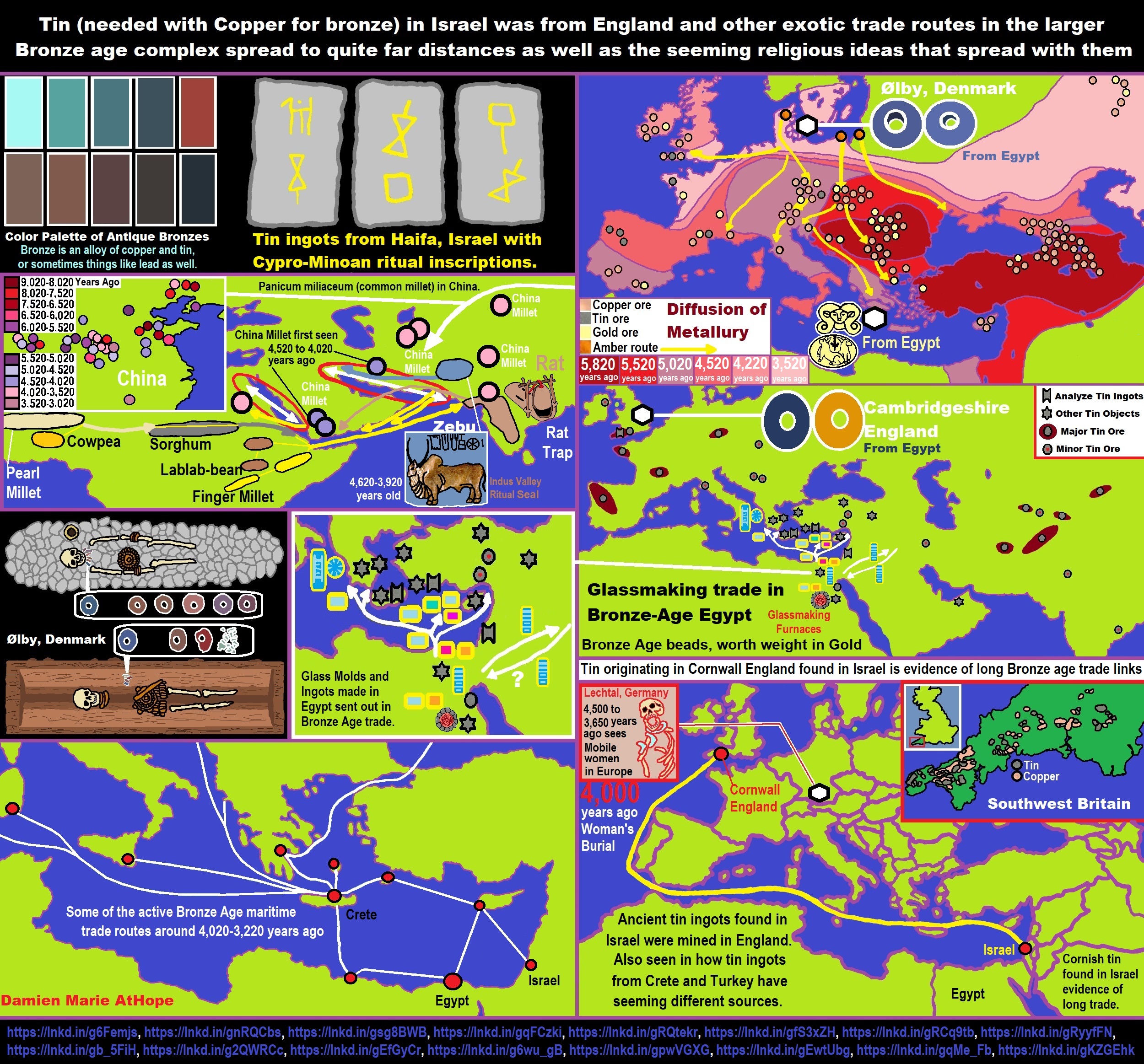
ref, ref, ref, ref, ref, ref, ref, ref, ref, ref, ref, ref, ref, ref, ref, ref, ref, ref, ref, ref, ref
“The earliest records of writing are known from the Uruk period (or “Protoliterate period”) in the 4th millennium BCE, with documentation of actual historical events, and the ancient history of the region, being known from the middle of the third millennium BCE onwards, alongside cuneiform records written by early kings. This period, known as the Early Dynastic Period, is typically subdivided into three: 2900–2750 BCE or 4,922-4,772 years ago (ED I), 2750–2600 BCE or 4,772-4,622 years ago (ED II), and 2600–2350 BCE or 4,622-4,372 years ago (ED III), and was followed by Akkadian (~2350–2100 BCE or 4,372-4,122 years ago) and Neo-Sumerian (2112–2004 BCE or 4,134-4,066 years ago) periods, after which Mesopotamia was most often divided between Assyria in the north and Babylonia in the south.” ref
“In 609 BCE or 2,631 years ago, after about a century of the kings of the Neo-Assyrian Empire ruling both Assyria and Babylonia, the Neo-Babylonian Empire destroyed Assyria and became the sole power in Mesopotamia. The conquest of Babylon by the Achaemenid Empire in 539 BCE or 2,561 years ago initiated centuries of Iranian rule (under the Achaemenid, Parthian, and Sasanian empires), which was only briefly interrupted by the Hellenistic Argeads and Seleucids (331–141 BCE or 2,353-2,163 years ago) and the Roman Empire (CE 116–117).” ref
“Uruk was the first of these cities, dating back to around 3200 BCE or 5,222 years ago. It was a mud brick metropolis built on the riches brought from trade and conquest and featured public art, gigantic columns, and temples. At its peak, it had a population of some 50,000 citizens. Etana was followed by Meskiaggasher, the king of the city-state Uruk. A warrior named Lugalbanda took control around 2750 BCE or 4,772 years ago.” ref
Mesopotamian Gods
“Mesopotamian religion was polytheistic, with followers worshipping several main gods and thousands of minor gods. The three main gods were Ea (Sumerian: Enki), the god of wisdom and magic, Anu (Sumerian: An), the sky god, and Enlil (Ellil), the god of earth, storms, and agriculture and the controller of fates. Ea is the creator and protector of humanity in both the Epic of Gilgamesh and the story of the Great Flood. In the latter story, Ea made humans out of clay, but the God Enlil sought to destroy humanity by creating a flood. Ea had the humans build an ark and mankind was spared. If this story sounds familiar, it should; foundational Mesopotamian religious stories about the Garden of Eden, the Great Flood, and the Creation of the Tower of Babel found their way into the Bible, and the Mesopotamian religion influenced both Christianity and Islam.” ref
“Each Mesopotamian city had its own patron god or goddess, and most of what we know of them has been passed down through clay tablets describing Mesopotamian religious beliefs and practices. A painted terracotta plaque from 1775 BCE gives an example of the sophistication of Babylonian art, portraying either the goddess Ishtar or her sister Ereshkigal, accompanied by night creatures.” ref
Sumer City-States
“Many historians think that cities and towns were first formed in Sumer around 5000 BC. Nomads moved into the fertile land and began to form small villages which slowly grew into large towns. Eventually, these cities developed into the civilization of the Sumer. This land is often called the “Cradle of Civilization”. As the Sumerian villages grew into large cities, they formed city-states. This is where a city government would rule the city as well as the land around it. These city-states often fought each other. They built walls around their cities for protection. Farmland was outside the walls, but people would retreat to the city when invaders came. There were many city-states throughout Sumer. Some of the most powerful city-states included Eridu, Bad-tibura, Shuruppak, Uruk, Sippar, and Ur. Eridu is thought to be the first of the major cities formed and one of the oldest cities in the world.” ref
Sumerian Rulers and Government
“Each city-state had its own ruler. They went by various titles such as lugal, en, or ensi. The ruler was like a king or governor. The ruler of the city was often the high priest of their religion as well. This gave him even more power. The most famous king was Gilgamesh of Uruk who was the subject of the Epic of Gilgamesh, one of the world’s oldest surviving works of literature. In addition to the king or governor, there was a fairly complex government with officials who helped to organize city-building projects and keep the city running. There were also laws that the citizens must follow or face punishment. The invention of government is often credited to the Sumerians. Each city-state also had its own god. In the center of each city was a large temple to the city god called a ziggurat. The ziggurat looked like a step pyramid with a flat top. Here the priests would perform rituals and sacrifices.” ref

“Religion is an Evolved Product” and Yes, Religion is Like Fear Given Wings…
Atheists talk about gods and religions for the same reason doctors talk about cancer, they are looking for a cure, or a firefighter talks about fires because they burn people and they care to stop them. We atheists too often feel a need to help the victims of mental slavery, held in the bondage that is the false beliefs of gods and the conspiracy theories of reality found in religions.

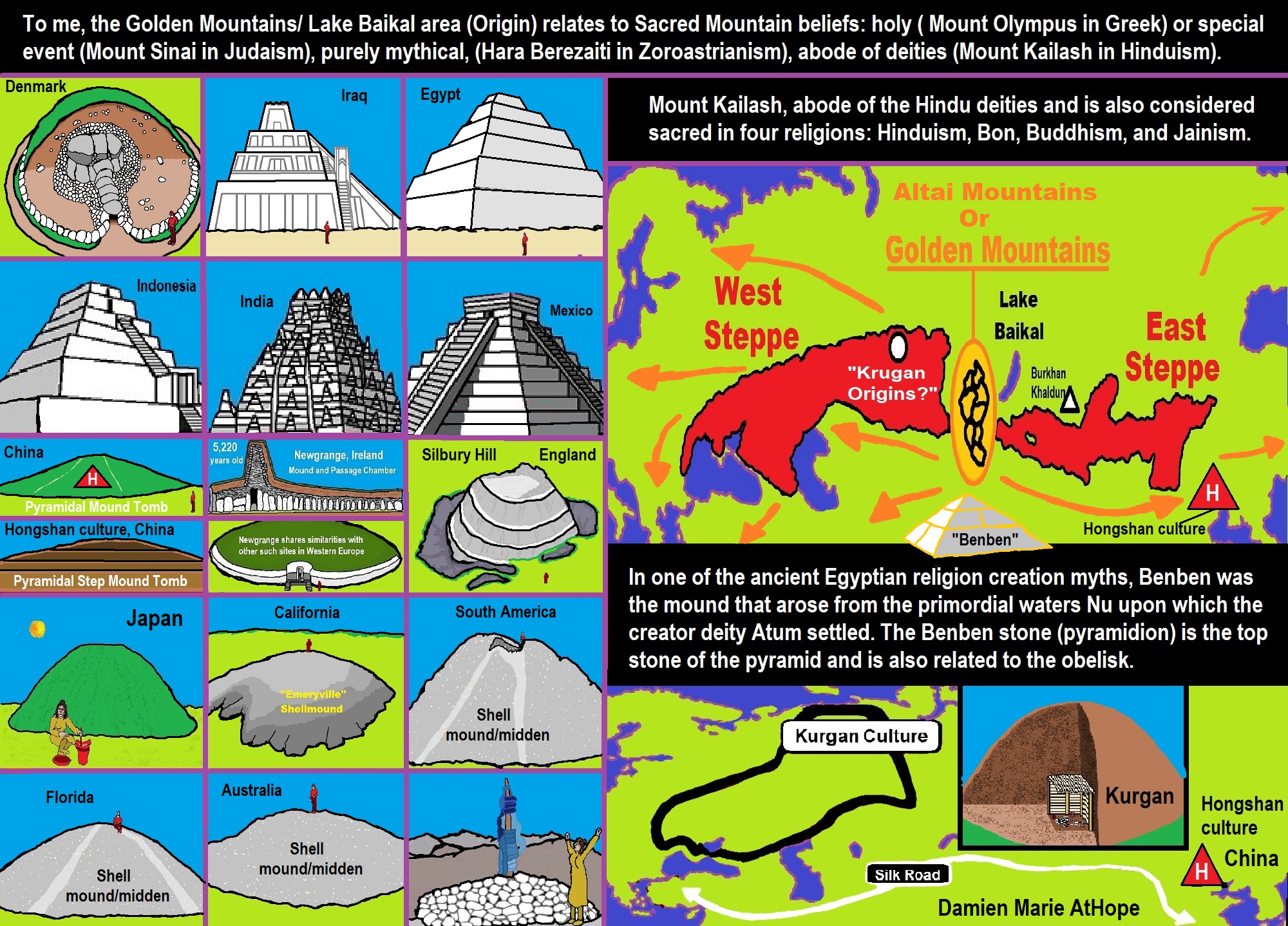
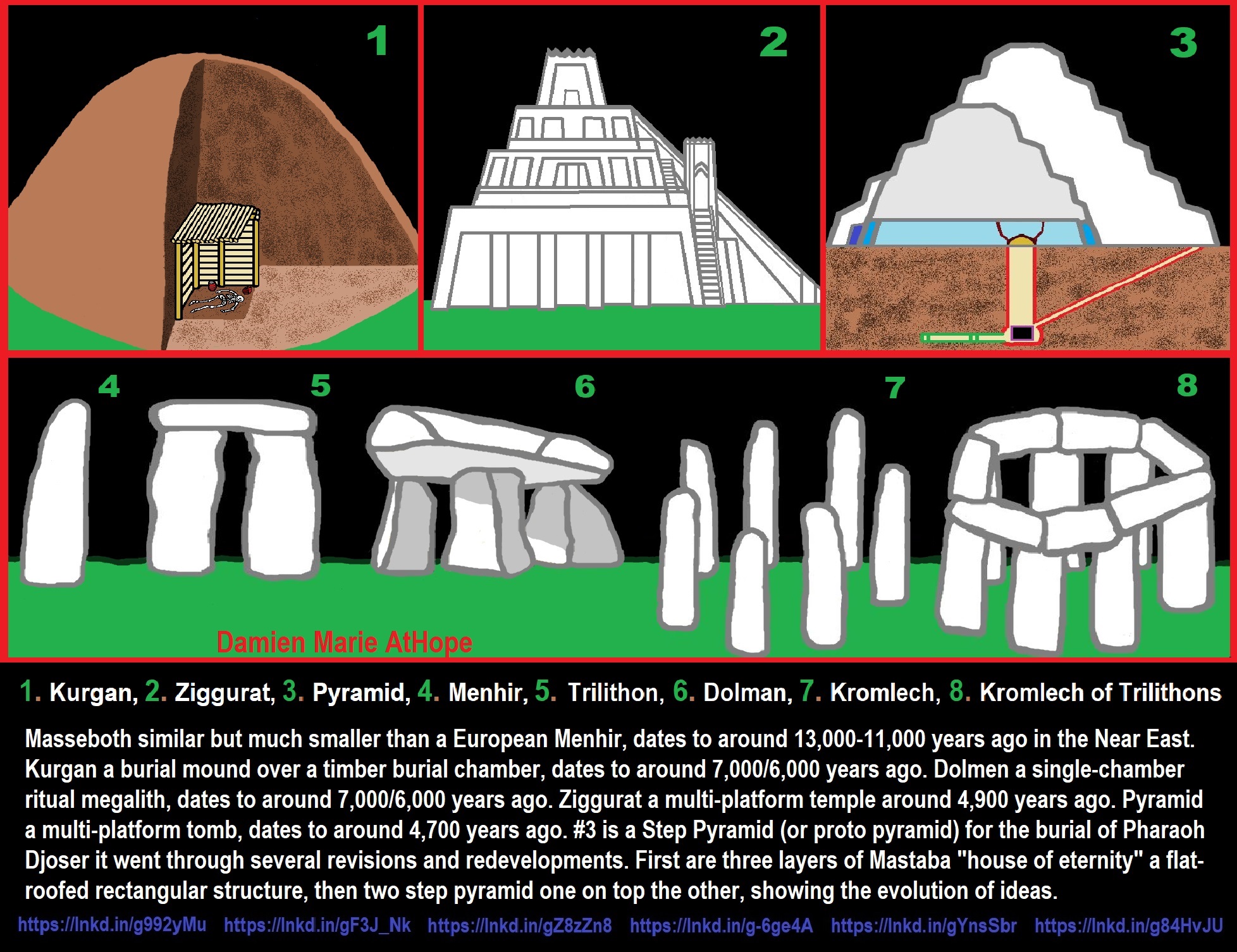
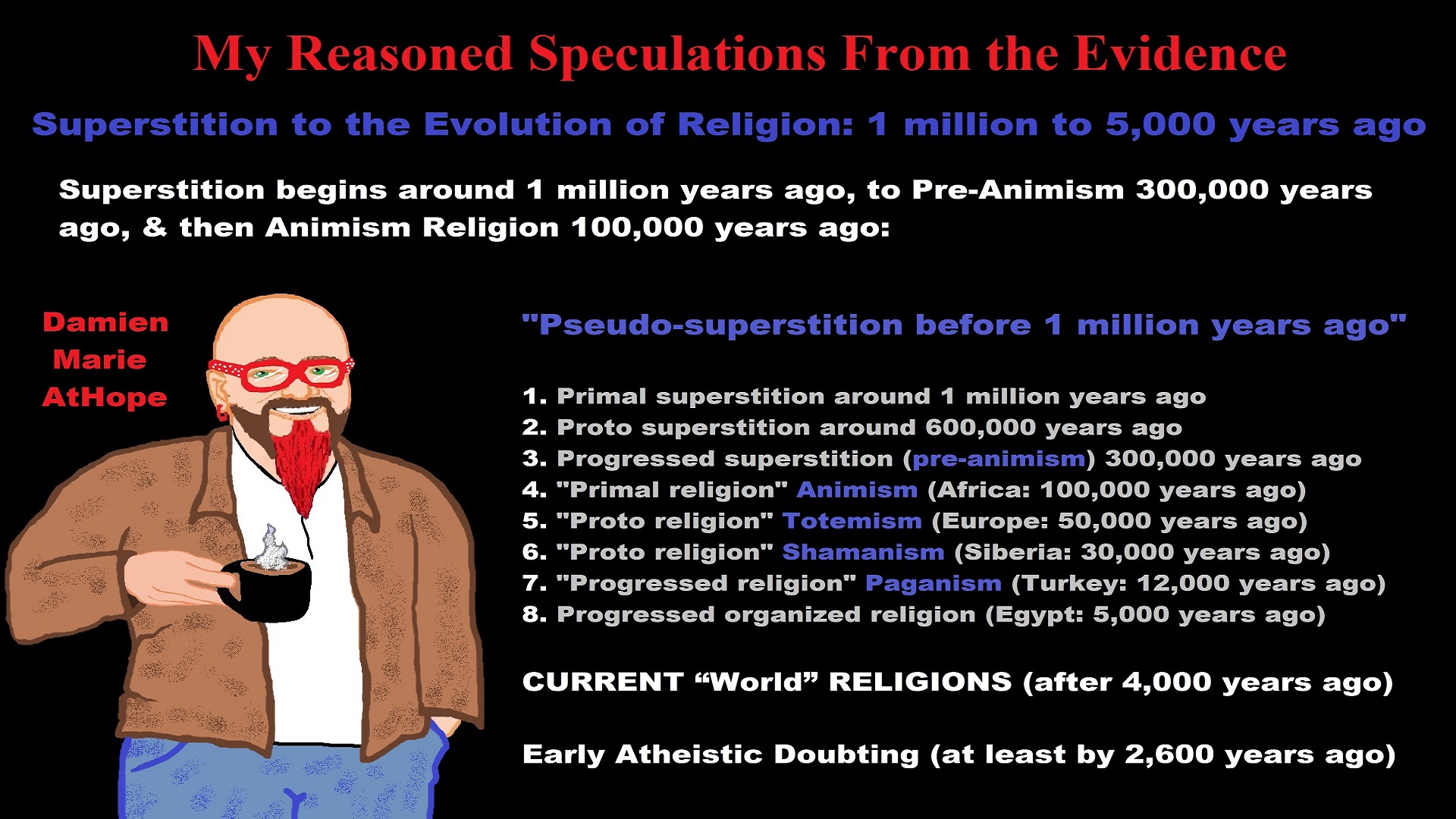
My thoughts on Religion Evolution with external links for more info:
- (Pre-Animism Africa mainly, but also Europe, and Asia at least 300,000 years ago), (Pre-Animism – Oxford Dictionaries)
- (Animism Africa around 100,000 years ago), (Animism – Britannica.com)
- (Totemism Europe around 50,000 years ago), (Totemism – Anthropology)
- (Shamanism Siberia around 30,000 years ago), (Shamanism – Britannica.com)
- (Paganism Turkey around 12,000 years ago), (Paganism – BBC Religion)
- (Progressed Organized Religion “Institutional Religion” Egypt around 5,000 years ago), (Ancient Egyptian Religion – Britannica.com)
- (CURRENT “World” RELIGIONS after 4,000 years ago) (Origin of Major Religions – Sacred Texts)
- (Early Atheistic Doubting at least by 2,600 years ago) (History of Atheism – Wikipedia)
“Religion is an Evolved Product” and Yes, Religion is Like Fear Given Wings…
Atheists talk about gods and religions for the same reason doctors talk about cancer, they are looking for a cure, or a firefighter talks about fires because they burn people and they care to stop them. We atheists too often feel a need to help the victims of mental slavery, held in the bondage that is the false beliefs of gods and the conspiracy theories of reality found in religions.
Understanding Religion Evolution:
- Pre-Animism (at least 300,000 years ago)
- Animism (Africa: 100,000 years ago)
- Totemism (Europe: 50,000 years ago)
- Shamanism (Siberia: 30,000 years ago)
- Paganism (Turkey: 12,000 years ago)
- Progressed organized religion (Egypt: 5,000 years ago), (Egypt, the First Dynasty 5,150 years ago)
- CURRENT “World” RELIGIONS (after 4,000 years ago)
- Early Atheistic Doubting (at least by 2,600 years ago)
“An Archaeological/Anthropological Understanding of Religion Evolution”
It seems ancient peoples had to survived amazing threats in a “dangerous universe (by superstition perceived as good and evil),” and human “immorality or imperfection of the soul” which was thought to affect the still living, leading to ancestor worship. This ancestor worship presumably led to the belief in supernatural beings, and then some of these were turned into the belief in gods. This feeble myth called gods were just a human conceived “made from nothing into something over and over, changing, again and again, taking on more as they evolve, all the while they are thought to be special,” but it is just supernatural animistic spirit-belief perceived as sacred.
Quick Evolution of Religion?
Pre-Animism (at least 300,000 years ago) pre-religion is a beginning that evolves into later Animism. So, Religion as we think of it, to me, all starts in a general way with Animism (Africa: 100,000 years ago) (theoretical belief in supernatural powers/spirits), then this is physically expressed in or with Totemism (Europe: 50,000 years ago) (theoretical belief in mythical relationship with powers/spirits through a totem item), which then enlists a full-time specific person to do this worship and believed interacting Shamanism (Siberia/Russia: 30,000 years ago) (theoretical belief in access and influence with spirits through ritual), and then there is the further employment of myths and gods added to all the above giving you Paganism (Turkey: 12,000 years ago) (often a lot more nature-based than most current top world religions, thus hinting to their close link to more ancient religious thinking it stems from). My hypothesis is expressed with an explanation of the building of a theatrical house (modern religions development). Progressed organized religion (Egypt: 5,000 years ago) with CURRENT “World” RELIGIONS (after 4,000 years ago).
Historically, in large city-state societies (such as Egypt or Iraq) starting around 5,000 years ago culminated to make religion something kind of new, a sociocultural-governmental-religious monarchy, where all or at least many of the people of such large city-state societies seem familiar with and committed to the existence of “religion” as the integrated life identity package of control dynamics with a fixed closed magical doctrine, but this juggernaut integrated religion identity package of Dogmatic-Propaganda certainly did not exist or if developed to an extent it was highly limited in most smaller prehistoric societies as they seem to lack most of the strong control dynamics with a fixed closed magical doctrine (magical beliefs could be at times be added or removed). Many people just want to see developed religious dynamics everywhere even if it is not. Instead, all that is found is largely fragments until the domestication of religion.
Religions, as we think of them today, are a new fad, even if they go back to around 6,000 years in the timeline of human existence, this amounts to almost nothing when seen in the long slow evolution of religion at least around 70,000 years ago with one of the oldest ritual worship. Stone Snake of South Africa: “first human worship” 70,000 years ago. This message of how religion and gods among them are clearly a man-made thing that was developed slowly as it was invented and then implemented peace by peace discrediting them all. Which seems to be a simple point some are just not grasping how devastating to any claims of truth when we can see the lie clearly in the archeological sites.
I wish people fought as hard for the actual values as they fight for the group/clan names political or otherwise they think support values. Every amount spent on war is theft to children in need of food or the homeless kept from shelter.
Here are several of my blog posts on history:
- To Find Truth You Must First Look
- (Magdalenian/Iberomaurusian) Connections to the First Paganists of the early Neolithic Near East Dating from around 17,000 to 12,000 Years Ago
- Natufians: an Ancient People at the Origins of Agriculture and Sedentary Life
- Possible Clan Leader/Special “MALE” Ancestor Totem Poles At Least 13,500 years ago?
- Jewish People with DNA at least 13,200 years old, Judaism, and the Origins of Some of its Ideas
- Baltic Reindeer Hunters: Swiderian, Lyngby, Ahrensburgian, and Krasnosillya cultures 12,020 to 11,020 years ago are evidence of powerful migratory waves during the last 13,000 years and a genetic link to Saami and the Finno-Ugric peoples.
- The Rise of Inequality: patriarchy and state hierarchy inequality
- Fertile Crescent 12,500 – 9,500 Years Ago: fertility and death cult belief system?
- 12,400 – 11,700 Years Ago – Kortik Tepe (Turkey) Pre/early-Agriculture Cultic Ritualism
- Ritualistic Bird Symbolism at Gobekli Tepe and its “Ancestor Cult”
- Male-Homosexual (female-like) / Trans-woman (female) Seated Figurine from Gobekli Tepe
- Could a 12,000-year-old Bull Geoglyph at Göbekli Tepe relate to older Bull and Female Art 25,000 years ago and Later Goddess and the Bull cults like Catal Huyuk?
- Sedentism and the Creation of goddesses around 12,000 years ago as well as male gods after 7,000 years ago.
- Alcohol, where Agriculture and Religion Become one? Such as Gobekli Tepe’s Ritualistic use of Grain as Food and Ritual Drink
- Neolithic Ritual Sites with T-Pillars and other Cultic Pillars
- Paganism: Goddesses around 12,000 years ago then Male Gods after 7,000 years ago
- First Patriarchy: Split of Women’s Status around 12,000 years ago & First Hierarchy: fall of Women’s Status around 5,000 years ago.
- Natufians: an Ancient People at the Origins of Agriculture and Sedentary Life
- J DNA and the Spread of Agricultural Religion (paganism)
- Paganism: an approximately 12,000-year-old belief system
- Paganism 12,000 years old: related to “Anarchism and Socialism” (Pre-Capitalism)
- Shaman burial in Israel 12,000 years ago and the Shamanism Phenomena
- Need to Mythicized: gods and goddesses
- 12,000 – 7,000 Years Ago – Paleo-Indian Culture (The Americas)
- 12,000 – 2,000 Years Ago – Indigenous-Scandinavians (Nordic)
- Norse did not wear helmets with horns?
- Pre-Pottery Neolithic Skull Cult around 11,500 to 8,400 Years Ago?
- 10,400 – 10,100 Years Ago, in Turkey the Nevail Cori Religious Settlement
- 9,000-6,500 Years Old Submerged Pre-Pottery/Pottery Neolithic Ritual Settlements off Israel’s Coast
- Catal Huyuk “first religious designed city” around 9,500 to 7,700 years ago (Turkey)
- Cultic Hunting at Catal Huyuk “first religious designed city”
- Special Items and Art as well as Special Elite Burials at Catal Huyuk
- New Rituals and Violence with the appearance of Pottery and People?
- Haplogroup N and its related Uralic Languages and Cultures
- Ainu people, Sámi people, Native Americans, the Ancient North Eurasians, and Paganistic-Shamanism with Totemism
- Ideas, Technology and People from Turkey, Europe, to China and Back again 9,000 to 5,000 years ago?
- First Pottery of Europe and the Related Cultures
- 9,000 years old Neolithic Artifacts Judean Desert and Hills Israel
- 9,000-7,000 years-old Sex and Death Rituals: Cult Sites in Israel, Jordan, and the Sinai
- 9,000-8500 year old Horned Female shaman Bad Dürrenberg Germany
- Neolithic Jewelry and the Spread of Farming in Europe Emerging out of West Turkey
- 8,600-year-old Tortoise Shells in Neolithic graves in central China have Early Writing and Shamanism
- Swing of the Mace: the rise of Elite, Forced Authority, and Inequality begin to Emerge 8,500 years ago?
- Migrations and Changing Europeans Beginning around 8,000 Years Ago
- My “Steppe-Anatolian-Kurgan hypothesis” 8,000/7,000 years ago
- Around 8,000-year-old Shared Idea of the Mistress of Animals, “Ritual” Motif
- Pre-Columbian Red-Paint (red ochre) Maritime Archaic Culture 8,000-3,000 years ago
- 7,522-6,522 years ago Linear Pottery culture which I think relates to Arcane Capitalism’s origins
- Arcane Capitalism: Primitive socialism, Primitive capital, Private ownership, Means of production, Market capitalism, Class discrimination, and Petite bourgeoisie (smaller capitalists)
- 7,500-4,750 years old Ritualistic Cucuteni-Trypillian culture of Moldova, Romania, and Ukraine
- Roots of a changing early society 7,200-6,700 years ago Jordan and Israel
- Agriculture religion (Paganism) with farming reached Britain between about 7,000 to 6,500 or so years ago and seemingly expressed in things like Western Europe’s Long Barrows
- My Thoughts on Possible Migrations of “R” DNA and Proto-Indo-European?
- “Millet” Spreading from China 7,022 years ago to Europe and related Language may have Spread with it leading to Proto-Indo-European
- Proto-Indo-European (PIE), ancestor of Indo-European languages: DNA, Society, Language, and Mythology
- The Dnieper–Donets culture and Asian varieties of Millet from China to the Black Sea region of Europe by 7,022 years ago
- Kurgan 6,000 years ago/dolmens 7,000 years ago: funeral, ritual, and other?
- 7,020 to 6,020-year-old Proto-Indo-European Homeland of Urheimat or proposed home of their Language and Religion
- Ancient Megaliths: Kurgan, Ziggurat, Pyramid, Menhir, Trilithon, Dolman, Kromlech, and Kromlech of Trilithons
- The Mytheme of Ancient North Eurasian Sacred-Dog belief and similar motifs are found in Indo-European, Native American, and Siberian comparative mythology
- Elite Power Accumulation: Ancient Trade, Tokens, Writing, Wealth, Merchants, and Priest-Kings
- Sacred Mounds, Mountains, Kurgans, and Pyramids may hold deep connections?
- Between 7,000-5,000 Years ago, rise of unequal hierarchy elite, leading to a “birth of the State” or worship of power, strong new sexism, oppression of non-elites, and the fall of Women’s equal status
- Paganism 7,000-5,000 years old: related to “Anarchism and Socialism” (Capitalism) (World War 0) Elite & their slaves
- Hell and Underworld mythologies starting maybe as far back as 7,000 to 5,000 years ago with the Proto-Indo-Europeans?
- The First Expression of the Male God around 7,000 years ago?
- White (light complexion skin) Bigotry and Sexism started 7,000 years ago?
- Around 7,000-year-old Shared Idea of the Divine Bird (Tutelary and/or Trickster spirit/deity), “Ritual” Motif
- Nekhbet an Ancient Egyptian Vulture Goddess and Tutelary Deity
- 6,720 to 4,920 years old Ritualistic Hongshan Culture of Inner Mongolia with 5,000-year-old Pyramid Mounds and Temples
- First proto-king in the Balkans, Varna culture around 6,500 years ago?
- 6,500–5,800 years ago in Israel Late Chalcolithic (Copper Age) Period in the Southern Levant Seems to Express Northern Levant Migrations, Cultural and Religious Transfer
- KING OF BEASTS: Master of Animals “Ritual” Motif, around 6,000 years old or older…
- Around 6000-year-old Shared Idea of the Solid Wheel & the Spoked Wheel-Shaped Ritual Motif
- “The Ghassulian Star,” a mysterious 6,000-year-old mural from Jordan; a Proto-Star of Ishtar, Star of Inanna or Star of Venus?
- Religious/Ritual Ideas, including goddesses and gods as well as ritual mounds or pyramids from Northeastern Asia at least 6,000 years old, seemingly filtering to Iran, Iraq, the Mediterranean, Europe, Egypt, and the Americas?
- Maykop (5,720–5,020 years ago) Caucasus region Bronze Age culture-related to Copper Age farmers from the south, influenced by the Ubaid period and Leyla-Tepe culture, as well as influencing the Kura-Araxes culture
- 5-600-year-old Tomb, Mummy, and First Bearded Male Figurine in a Grave
- Kura-Araxes Cultural 5,520 to 4,470 years old DNA traces to the Canaanites, Arabs, and Jews
- Minoan/Cretan (Keftiu) Civilization and Religion around 5,520 to 3,120 years ago
- Evolution Of Science at least by 5,500 years ago
- 5,500 Years old birth of the State, the rise of Hierarchy, and the fall of Women’s status
- “Jiroft culture” 5,100 – 4,200 years ago and the History of Iran
- Stonehenge: Paganistic Burial and Astrological Ritual Complex, England (5,100-3,600 years ago)
- Around 5,000-year-old Shared Idea of the “Tree of Life” Ritual Motif
- Complex rituals for elite, seen from China to Egypt, at least by 5,000 years ago
- Around 5,000 years ago: “Birth of the State” where Religion gets Military Power and Influence
- The Center of the World “Axis Mundi” and/or “Sacred Mountains” Mythology Could Relate to the Altai Mountains, Heart of the Steppe
- Progressed organized religion starts, an approximately 5,000-year-old belief system
- China’s Civilization between 5,000-3,000 years ago, was a time of war and class struggle, violent transition from free clans to a Slave or Elite society
- Origin of Logics is Naturalistic Observation at least by around 5,000 years ago.
- Paganism 5,000 years old: progressed organized religion and the state: related to “Anarchism and Socialism” (Kings and the Rise of the State)
- Ziggurats (multi-platform temples: 4,900 years old) to Pyramids (multi-platform tombs: 4,700 years old)
- Did a 4,520–4,420-year-old Volcano In Turkey Inspire the Bible God?
- Finland’s Horned Shaman and Pre-Horned-God at least 4,500 years ago?
- 4,000-year-Old Dolmens in Israel: A Connected Dolmen Religious Phenomenon?
- Creation myths: From chaos, Ex nihilo, Earth-diver, Emergence, World egg, and World parent
- Bronze Age “Ritual” connections of the Bell Beaker culture with the Corded Ware/Single Grave culture, which were related to the Yamnaya culture and Proto-Indo-European Languages/Religions
- Low Gods (Earth/ Tutelary deity), High Gods (Sky/Supreme deity), and Moralistic Gods (Deity enforcement/divine order)
- The exchange of people, ideas, and material-culture including, to me, the new god (Sky Father) and goddess (Earth Mother) religion between the Cucuteni-Trypillians and others which is then spread far and wide
- Koryaks: Indigenous People of the Russian Far East and Big Raven myths also found in Tlingit, Haida, Tsimshian, and other Indigenous People of North America
- 42 Principles Of Maat (Egyptian Goddess of the justice) around 4,400 years ago, 2000 Years Before Ten Commandments
- “Happy Easter” Well Happy Eostre/Ishter
- 4,320-3,820 years old “Shimao” (North China) site with Totemistic-Shamanistic Paganism and a Stepped Pyramid
- 4,250 to 3,400 Year old Stonehenge from Russia: Arkaim?
- 4,100-year-old beaker with medicinal & flowering plants in a grave of a woman in Scotland
- Early European Farmer ancestry, Kelif el Boroud people with the Cardial Ware culture, and the Bell Beaker culture Paganists too, spread into North Africa, then to the Canary Islands off West Africa
- Flood Accounts: Gilgamesh epic (4,100 years ago) Noah in Genesis (2,600 years ago)
- Paganism 4,000 years old: related to “Anarchism and Socialism” (First Moralistic gods, then the Origin time of Monotheism)
- When was the beginning: TIMELINE OF CURRENT RELIGIONS, which start around 4,000 years ago.
- Early Religions Thought to Express Proto-Monotheistic Systems around 4,000 years ago
- Kultepe? An archaeological site with a 4,000 years old women’s rights document.
- Single God Religions (Monotheism) = “Man-o-theism” started around 4,000 years ago with the Great Sky Spirit/God Tiān (天)?
- Confucianism’s Tiān (Shangdi god 4,000 years old): Supernaturalism, Pantheism or Theism?
- Yes, Your Male God is Ridiculous
- Mythology, a Lunar Deity is a Goddess or God of the Moon
- Sacred Land, Hills, and Mountains: Sami Mythology (Paganistic Shamanism)
- Horse Worship/Sacrifice: mythical union of Ruling Elite/Kingship and the Horse
- The Amorite/Amurru people’s God Amurru “Lord of the Steppe”, relates to the Origins of the Bible God?
- Bronze Age Exotic Trade Routes Spread Quite Far as well as Spread Religious Ideas with Them
- Sami and the Northern Indigenous Peoples Landscape, Language, and its Connection to Religion
- Prototype of Ancient Analemmatic Sundials around 3,900-3,150 years ago and a Possible Solar Connection to gods?
- Judaism is around 3,450 or 3,250 years old. (“Paleo-Hebrew” 3,000 years ago and Torah 2,500 years ago)
- The Weakening of Ancient Trade and the Strengthening of Religions around 3000 years ago?
- Are you aware that there are religions that worship women gods, explain now religion tears women down?
- Animistic, Totemistic, and Paganistic Superstition Origins of bible god and the bible’s Religion.
- Myths and Folklore: “Trickster gods and goddesses”
- Jews, Judaism, and the Origins of Some of its Ideas
- An Old Branch of Religion Still Giving Fruit: Sacred Trees
- Dating the BIBLE: naming names and telling times (written less than 3,000 years ago, provable to 2,200 years ago)
- Did a Volcano Inspire the bible god?
- The Amorite/Amurru people’s God Amurru “Lord of the Steppe”, relates to the Origins of the Bible God?
- Dené–Yeniseian language, Old Copper Complex, and Pre-Columbian Mound Builders?
- No “dinosaurs and humans didn’t exist together just because some think they are in the bible itself”
- Sacred Shit and Sacred Animals?
- Everyone Killed in the Bible Flood? “Nephilim” (giants)?
- Hey, Damien dude, I have a question for you regarding “the bible” Exodus.
- Archaeology Disproves the Bible
- Bible Battle, Just More, Bible Babble
- The Jericho Conquest lie?
- Canaanites and Israelites?
- Accurate Account on how did Christianity Began?
- Let’s talk about Christianity.
- So the 10 commandments isn’t anything to go by either right?
- Misinformed christian
- Debunking Jesus?
- Paulism vs Jesus
- Ok, you seem confused so let’s talk about Buddhism.
- Unacknowledged Buddhism: Gods, Savior, Demons, Rebirth, Heavens, Hells, and Terrorism
- His Foolishness The Dalai Lama
- Yin and Yang is sexist with an ORIGIN around 2,300 years ago?
- I Believe Archaeology, not Myths & Why Not, as the Religious Myths Already Violate Reason!
- Archaeological, Scientific, & Philosophic evidence shows the god myth is man-made nonsense.
- Aquatic Ape Theory/Hypothesis? As Always, Just Pseudoscience.
- Ancient Aliens Conspiracy Theorists are Pseudohistorians
- The Pseudohistoric and Pseudoscientific claims about “Bakoni Ruins” of South Africa
- Why do people think Religion is much more than supernaturalism and superstitionism?
- Religion is an Evolved Product
- Was the Value of Ancient Women Different?
- 1000 to 1100 CE, human sacrifice Cahokia Mounds a pre-Columbian Native American site
- Feminist atheists as far back as the 1800s?
- Promoting Religion as Real is Mentally Harmful to a Flourishing Humanity
- Screw All Religions and Their Toxic lies, they are all fraud
- Forget Religions’ Unfounded Myths, I Have Substantiated “Archaeology Facts.”
- Religion Dispersal throughout the World
- I Hate Religion Just as I Hate all Pseudoscience
- Exposing Scientology, Eckankar, Wicca and Other Nonsense?
- Main deity or religious belief systems
- Quit Trying to Invent Your God From the Scraps of Science.
- Archaeological, Scientific, & Philosophic evidence shows the god myth is man-made nonsense.
- Ancient Alien Conspiracy Theorists: Misunderstanding, Rhetoric, Misinformation, Fabrications, and Lies
- Misinformation, Distortion, and Pseudoscience in Talking with a Christian Creationist
- Judging the Lack of Goodness in Gods, Even the Norse God Odin
- Challenging the Belief in God-like Aliens and Gods in General
- A Challenge to Christian use of Torture Devices?
- Yes, Hinduism is a Religion
- Trump is One of the Most Reactionary Forces of Far-right Christian Extremism
- Was the Bull Head a Symbol of God? Yes!
- Primate Death Rituals
- Christian – “God and Christianity are objectively true”
- Australopithecus afarensis Death Ritual?
- You Claim Global Warming is a Hoax?
- Doubter of Science and Defamer of Atheists?
- I think that sounds like the Bible?
- History of the Antifa (“anti-fascist”) Movements
- Indianapolis Anti-Blasphemy Laws #Free Soheil Rally
- Damien, you repeat the golden rule in so many forms then you say religion is dogmatic?
- Science is a Trustable Methodology whereas Faith is not Trustable at all!
- Was I ever a believer, before I was an atheist?
- Atheists rise in reason
- Mistrust of science?
- Open to Talking About the Definition of ‘God’? But first, we address Faith.
- ‘United Monarchy’ full of splendor and power – Saul, David, and Solomon? Most likely not.
- Is there EXODUS ARCHAEOLOGY? The short answer is “no.”
- Lacking Proof of Bigfoots, Unicorns, and Gods is Just a Lack of Research?
- Religion and Politics: Faith Beliefs vs. Rational Thinking
- Hammer of Truth that lying pig RELIGION: challenged by an archaeologist
- “The Hammer of Truth” -ontology question- What do You Mean by That?
- Navigation of a bad argument: Ad Hominem vs. Attack
- Why is it Often Claimed that Gods have a Gender?
- Why are basically all monotheistic religions ones that have a male god?
- Shifting through the Claims in support of Faith
- Dear Mr. AtHope, The 20th Century is an Indictment of Secularism and a Failed Atheist Century
- An Understanding of the Worldwide Statistics and Dynamics of Terrorist Incidents and Suicide Attacks
- Intoxication and Evolution? Addressing and Assessing the “Stoned Ape” or “Drunken Monkey” Theories as Catalysts in Human Evolution
- Sacred Menstrual cloth? Inanna’s knot, Isis knot, and maybe Ma’at’s feather?
- Damien, why don’t the Hebrews accept the bible stories?
- Dealing with a Troll and Arguing Over Word Meaning
- Knowledge without Belief? Justified beliefs or disbeliefs worthy of Knowledge?
- Afrocentrism and African Religions
- Crecganford @crecganford offers history & stories of the people, places, gods, & culture
- Empiricism-Denier?
I am not an academic. I am a revolutionary that teaches in public, in places like social media, and in the streets. I am not a leader by some title given but from my commanding leadership style of simply to start teaching everywhere to everyone, all manner of positive education.


ref, ref, ref, ref, ref, ref, ref, ref, ref, ref, ref, ref, ref, ref, ref, ref, ref, ref, ref, ref, ref
Low Gods “Earth” or Tutelary deity and High Gods “Sky” or Supreme deity
“An Earth goddess is a deification of the Earth. Earth goddesses are often associated with the “chthonic” deities of the underworld. Ki and Ninhursag are Mesopotamian earth goddesses. In Greek mythology, the Earth is personified as Gaia, corresponding to Roman Terra, Indic Prithvi/Bhūmi, etc. traced to an “Earth Mother” complementary to the “Sky Father” in Proto-Indo-European religion. Egyptian mythology exceptionally has a sky goddess and an Earth god.” ref
“A mother goddess is a goddess who represents or is a personification of nature, motherhood, fertility, creation, destruction or who embodies the bounty of the Earth. When equated with the Earth or the natural world, such goddesses are sometimes referred to as Mother Earth or as the Earth Mother. In some religious traditions or movements, Heavenly Mother (also referred to as Mother in Heaven or Sky Mother) is the wife or feminine counterpart of the Sky father or God the Father.” ref
“Any masculine sky god is often also king of the gods, taking the position of patriarch within a pantheon. Such king gods are collectively categorized as “sky father” deities, with a polarity between sky and earth often being expressed by pairing a “sky father” god with an “earth mother” goddess (pairings of a sky mother with an earth father are less frequent). A main sky goddess is often the queen of the gods and may be an air/sky goddess in her own right, though she usually has other functions as well with “sky” not being her main. In antiquity, several sky goddesses in ancient Egypt, Mesopotamia, and the Near East were called Queen of Heaven. Neopagans often apply it with impunity to sky goddesses from other regions who were never associated with the term historically. The sky often has important religious significance. Many religions, both polytheistic and monotheistic, have deities associated with the sky.” ref
“In comparative mythology, sky father is a term for a recurring concept in polytheistic religions of a sky god who is addressed as a “father”, often the father of a pantheon and is often either a reigning or former King of the Gods. The concept of “sky father” may also be taken to include Sun gods with similar characteristics, such as Ra. The concept is complementary to an “earth mother“. “Sky Father” is a direct translation of the Vedic Dyaus Pita, etymologically descended from the same Proto-Indo-European deity name as the Greek Zeûs Pater and Roman Jupiter and Germanic Týr, Tir or Tiwaz, all of which are reflexes of the same Proto-Indo-European deity’s name, *Dyēus Ph₂tḗr. While there are numerous parallels adduced from outside of Indo-European mythology, there are exceptions (e.g. In Egyptian mythology, Nut is the sky mother and Geb is the earth father).” ref
Tutelary deity
“A tutelary (also tutelar) is a deity or spirit who is a guardian, patron, or protector of a particular place, geographic feature, person, lineage, nation, culture, or occupation. The etymology of “tutelary” expresses the concept of safety and thus of guardianship. In late Greek and Roman religion, one type of tutelary deity, the genius, functions as the personal deity or daimon of an individual from birth to death. Another form of personal tutelary spirit is the familiar spirit of European folklore.” ref
“A tutelary (also tutelar) in Korean shamanism, jangseung and sotdae were placed at the edge of villages to frighten off demons. They were also worshiped as deities. Seonangshin is the patron deity of the village in Korean tradition and was believed to embody the Seonangdang. In Philippine animism, Diwata or Lambana are deities or spirits that inhabit sacred places like mountains and mounds and serve as guardians. Such as: Maria Makiling is the deity who guards Mt. Makiling and Maria Cacao and Maria Sinukuan. In Shinto, the spirits, or kami, which give life to human bodies come from nature and return to it after death. Ancestors are therefore themselves tutelaries to be worshiped. And similarly, Native American beliefs such as Tonás, tutelary animal spirit among the Zapotec and Totems, familial or clan spirits among the Ojibwe, can be animals.” ref
“A tutelary (also tutelar) in Austronesian beliefs such as: Atua (gods and spirits of the Polynesian peoples such as the Māori or the Hawaiians), Hanitu (Bunun of Taiwan‘s term for spirit), Hyang (Kawi, Sundanese, Javanese, and Balinese Supreme Being, in ancient Java and Bali mythology and this spiritual entity, can be either divine or ancestral), Kaitiaki (New Zealand Māori term used for the concept of guardianship, for the sky, the sea, and the land), Kawas (mythology) (divided into 6 groups: gods, ancestors, souls of the living, spirits of living things, spirits of lifeless objects, and ghosts), Tiki (Māori mythology, Tiki is the first man created by either Tūmatauenga or Tāne and represents deified ancestors found in most Polynesian cultures). ” ref, ref, ref, ref, ref, ref, ref
Mesopotamian Tutelary Deities can be seen as ones related to City-States
“Historical city-states included Sumerian cities such as Uruk and Ur; Ancient Egyptian city-states, such as Thebes and Memphis; the Phoenician cities (such as Tyre and Sidon); the five Philistine city-states; the Berber city-states of the Garamantes; the city-states of ancient Greece (the poleis such as Athens, Sparta, Thebes, and Corinth); the Roman Republic (which grew from a city-state into a vast empire); the Italian city-states from the Middle Ages to the early modern period, such as Florence, Siena, Ferrara, Milan (which as they grew in power began to dominate neighboring cities) and Genoa and Venice, which became powerful thalassocracies; the Mayan and other cultures of pre-Columbian Mesoamerica (including cities such as Chichen Itza, Tikal, Copán and Monte Albán); the central Asian cities along the Silk Road; the city-states of the Swahili coast; Ragusa; states of the medieval Russian lands such as Novgorod and Pskov; and many others.” ref
“The Uruk period (ca. 4000 to 3100 BCE; also known as Protoliterate period) of Mesopotamia, named after the Sumerian city of Uruk, this period saw the emergence of urban life in Mesopotamia and the Sumerian civilization. City-States like Uruk and others had a patron tutelary City Deity along with a Priest-King.” ref
“Chinese folk religion, both past, and present, includes myriad tutelary deities. Exceptional individuals, highly cultivated sages, and prominent ancestors can be deified and honored after death. Lord Guan is the patron of military personnel and police, while Mazu is the patron of fishermen and sailors. Such as Tu Di Gong (Earth Deity) is the tutelary deity of a locality, and each individual locality has its own Earth Deity and Cheng Huang Gong (City God) is the guardian deity of an individual city, worshipped by local officials and locals since imperial times.” ref
“A tutelary (also tutelar) in Hinduism, personal tutelary deities are known as ishta-devata, while family tutelary deities are known as Kuladevata. Gramadevata are guardian deities of villages. Devas can also be seen as tutelary. Shiva is the patron of yogis and renunciants. City goddesses include: Mumbadevi (Mumbai), Sachchika (Osian); Kuladevis include: Ambika (Porwad), and Mahalakshmi. In NorthEast India Meitei mythology and religion (Sanamahism) of Manipur, there are various types of tutelary deities, among which Lam Lais are the most predominant ones. Tibetan Buddhism has Yidam as a tutelary deity. Dakini is the patron of those who seek knowledge.” ref
“A tutelary (also tutelar) The Greeks also thought deities guarded specific places: for instance, Athena was the patron goddess of the city of Athens. Socrates spoke of hearing the voice of his personal spirit or daimonion:
You have often heard me speak of an oracle or sign which comes to me … . This sign I have had ever since I was a child. The sign is a voice which comes to me and always forbids me to do something which I am going to do, but never commands me to do anything, and this is what stands in the way of my being a politician.” ref
“Tutelary deities who guard and preserve a place or a person are fundamental to ancient Roman religion. The tutelary deity of a man was his Genius, that of a woman her Juno. In the Imperial era, the Genius of the Emperor was a focus of Imperial cult. An emperor might also adopt a major deity as his personal patron or tutelary, as Augustus did Apollo. Precedents for claiming the personal protection of a deity were established in the Republican era, when for instance the Roman dictator Sulla advertised the goddess Victory as his tutelary by holding public games (ludi) in her honor.” ref
“Each town or city had one or more tutelary deities, whose protection was considered particularly vital in time of war and siege. Rome itself was protected by a goddess whose name was to be kept ritually secret on pain of death (for a supposed case, see Quintus Valerius Soranus). The Capitoline Triad of Juno, Jupiter, and Minerva were also tutelaries of Rome. The Italic towns had their own tutelary deities. Juno often had this function, as at the Latin town of Lanuvium and the Etruscan city of Veii, and was often housed in an especially grand temple on the arx (citadel) or other prominent or central location. The tutelary deity of Praeneste was Fortuna, whose oracle was renowned.” ref
“The Roman ritual of evocatio was premised on the belief that a town could be made vulnerable to military defeat if the power of its tutelary deity were diverted outside the city, perhaps by the offer of superior cult at Rome. The depiction of some goddesses such as the Magna Mater (Great Mother, or Cybele) as “tower-crowned” represents their capacity to preserve the city. A town in the provinces might adopt a deity from within the Roman religious sphere to serve as its guardian, or syncretize its own tutelary with such; for instance, a community within the civitas of the Remi in Gaul adopted Apollo as its tutelary, and at the capital of the Remi (present-day Rheims), the tutelary was Mars Camulus.” ref
Household deity (a kind of or related to a Tutelary deity)
“A household deity is a deity or spirit that protects the home, looking after the entire household or certain key members. It has been a common belief in paganism as well as in folklore across many parts of the world. Household deities fit into two types; firstly, a specific deity – typically a goddess – often referred to as a hearth goddess or domestic goddess who is associated with the home and hearth, such as the ancient Greek Hestia.” ref
“The second type of household deities are those that are not one singular deity, but a type, or species of animistic deity, who usually have lesser powers than major deities. This type was common in the religions of antiquity, such as the Lares of ancient Roman religion, the Gashin of Korean shamanism, and Cofgodas of Anglo-Saxon paganism. These survived Christianisation as fairy-like creatures existing in folklore, such as the Anglo-Scottish Brownie and Slavic Domovoy.” ref
“Household deities were usually worshipped not in temples but in the home, where they would be represented by small idols (such as the teraphim of the Bible, often translated as “household gods” in Genesis 31:19 for example), amulets, paintings, or reliefs. They could also be found on domestic objects, such as cosmetic articles in the case of Tawaret. The more prosperous houses might have a small shrine to the household god(s); the lararium served this purpose in the case of the Romans. The gods would be treated as members of the family and invited to join in meals, or be given offerings of food and drink.” ref
“In many religions, both ancient and modern, a god would preside over the home. Certain species, or types, of household deities, existed. An example of this was the Roman Lares. Many European cultures retained house spirits into the modern period. Some examples of these include:
- Brownie (Scotland and England) or Hob (England) / Kobold (Germany) / Goblin / Hobgoblin
- Domovoy (Slavic)
- Nisse (Norwegian or Danish) / Tomte (Swedish) / Tonttu (Finnish)
- Húsvættir (Norse)” ref
“Although the cosmic status of household deities was not as lofty as that of the Twelve Olympians or the Aesir, they were also jealous of their dignity and also had to be appeased with shrines and offerings, however humble. Because of their immediacy they had arguably more influence on the day-to-day affairs of men than the remote gods did. Vestiges of their worship persisted long after Christianity and other major religions extirpated nearly every trace of the major pagan pantheons. Elements of the practice can be seen even today, with Christian accretions, where statues to various saints (such as St. Francis) protect gardens and grottos. Even the gargoyles found on older churches, could be viewed as guardians partitioning a sacred space.” ref
“For centuries, Christianity fought a mop-up war against these lingering minor pagan deities, but they proved tenacious. For example, Martin Luther‘s Tischreden have numerous – quite serious – references to dealing with kobolds. Eventually, rationalism and the Industrial Revolution threatened to erase most of these minor deities, until the advent of romantic nationalism rehabilitated them and embellished them into objects of literary curiosity in the 19th century. Since the 20th century this literature has been mined for characters for role-playing games, video games, and other fantasy personae, not infrequently invested with invented traits and hierarchies somewhat different from their mythological and folkloric roots.” ref
“In contradistinction to both Herbert Spencer and Edward Burnett Tylor, who defended theories of animistic origins of ancestor worship, Émile Durkheim saw its origin in totemism. In reality, this distinction is somewhat academic, since totemism may be regarded as a particularized manifestation of animism, and something of a synthesis of the two positions was attempted by Sigmund Freud. In Freud’s Totem and Taboo, both totem and taboo are outward expressions or manifestations of the same psychological tendency, a concept which is complementary to, or which rather reconciles, the apparent conflict. Freud preferred to emphasize the psychoanalytic implications of the reification of metaphysical forces, but with particular emphasis on its familial nature. This emphasis underscores, rather than weakens, the ancestral component.” ref
“William Edward Hearn, a noted classicist, and jurist, traced the origin of domestic deities from the earliest stages as an expression of animism, a belief system thought to have existed also in the neolithic, and the forerunner of Indo-European religion. In his analysis of the Indo-European household, in Chapter II “The House Spirit”, Section 1, he states:
The belief which guided the conduct of our forefathers was … the spirit rule of dead ancestors.” ref
“In Section 2 he proceeds to elaborate:
It is thus certain that the worship of deceased ancestors is a vera causa, and not a mere hypothesis. …
In the other European nations, the Slavs, the Teutons, and the Kelts, the House Spirit appears with no less distinctness. … [T]he existence of that worship does not admit of doubt. … The House Spirits had a multitude of other names which it is needless here to enumerate, but all of which are more or less expressive of their friendly relations with man. … In [England] … [h]e is the Brownie. … In Scotland this same Brownie is well known. He is usually described as attached to particular families, with whom he has been known to reside for centuries, threshing the corn, cleaning the house, and performing similar household tasks. His favorite gratification was milk and honey.” ref
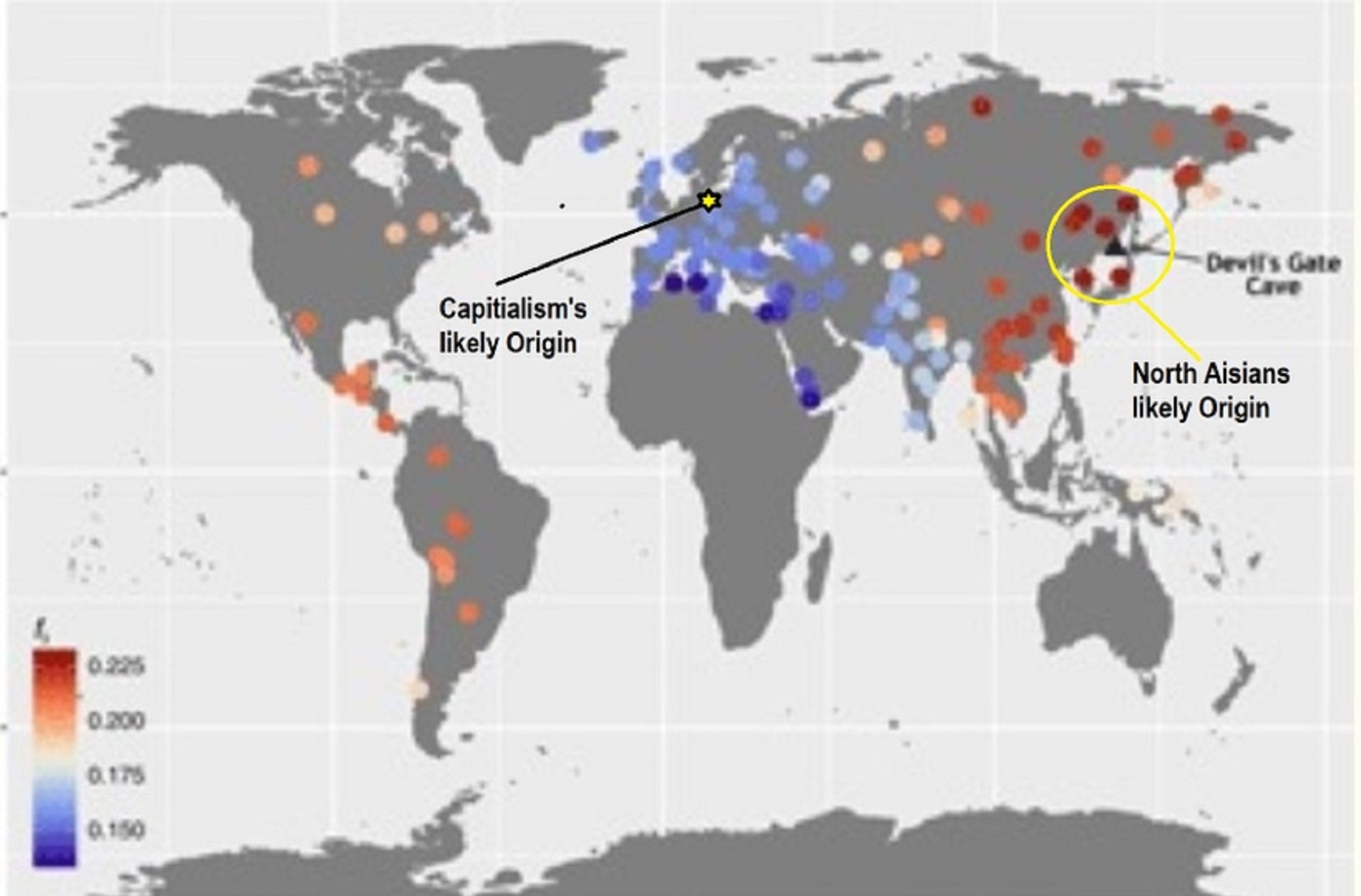
Pic ref
Abstract
“Ancient genomes have revolutionized our understanding of Holocene prehistory and, particularly, the Neolithic transition in western Eurasia. In contrast, East Asia has so far received little attention, despite representing a core region at which the Neolithic transition took place independently ~3 millennia after its onset in the Near East. We report genome-wide data from two hunter-gatherers from Devil’s Gate, an early Neolithic cave site (dated to ~7.7 thousand years ago) located in East Asia, on the border between Russia and Korea. Both of these individuals are genetically most similar to geographically close modern populations from the Amur Basin, all speaking Tungusic languages, and, in particular, to the Ulchi. The similarity to nearby modern populations and the low levels of additional genetic material in the Ulchi imply a high level of genetic continuity in this region during the Holocene, a pattern that markedly contrasts with that reported for Europe.” ref
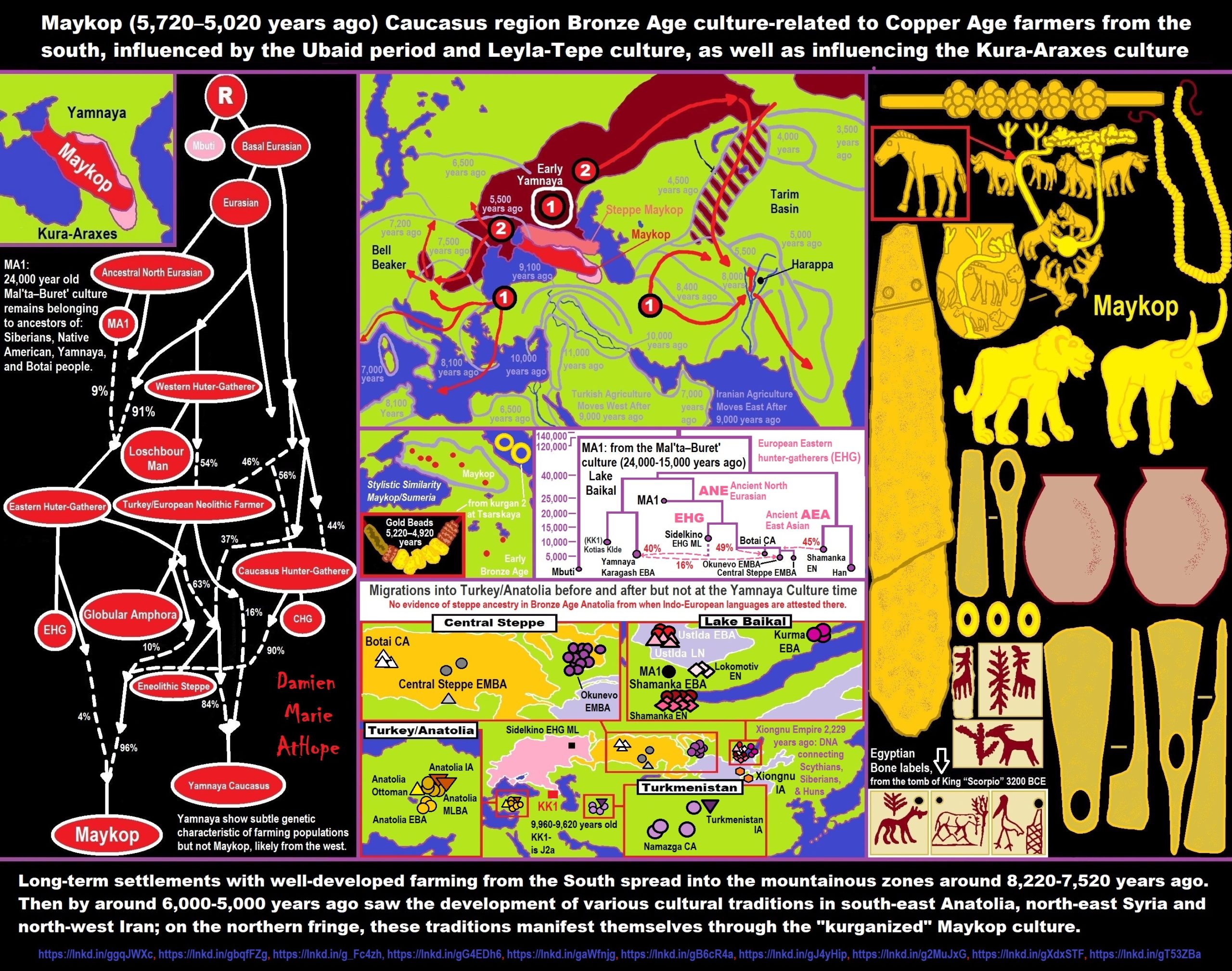

ref, ref, ref, ref, ref, ref, ref, ref, ref, ref, ref, ref, ref, ref, ref, ref, ref, ref, ref, ref, ref, ref, ref, ref, ref, ref, ref, ref, ref, ref, ref, ref, ref, ref, ref, ref, ref, ref, ref, ref, ref, ref, ref, ref, ref, ref, ref, ref, ref, ref, ref, ref, ref, ref, ref, ref, ref, ref, ref, ref, ref, ref, ref, ref, ref, ref, ref, ref, ref, ref, ref, ref, ref, ref, ref, ref, ref, ref, ref, ref, ref, ref, ref, ref, ref, ref, ref, ref, ref, ref

Hinduism around 3,700 to 3,500 years old. ref
Judaism around 3,450 or 3,250 years old. (The first writing in the bible was “Paleo-Hebrew” dated to around 3,000 years ago Khirbet Qeiyafa is the site of an ancient fortress city overlooking the Elah Valley. And many believe the religious Jewish texts were completed around 2,500) ref, ref
Judaism is around 3,450 or 3,250 years old. (“Paleo-Hebrew” 3,000 years ago and Torah 2,500 years ago)
“Judaism is an Abrahamic, its roots as an organized religion in the Middle East during the Bronze Age. Some scholars argue that modern Judaism evolved from Yahwism, the religion of ancient Israel and Judah, by the late 6th century BCE, and is thus considered to be one of the oldest monotheistic religions.” ref
“Yahwism is the name given by modern scholars to the religion of ancient Israel, essentially polytheistic, with a plethora of gods and goddesses. Heading the pantheon was Yahweh, the national god of the Israelite kingdoms of Israel and Judah, with his consort, the goddess Asherah; below them were second-tier gods and goddesses such as Baal, Shamash, Yarikh, Mot, and Astarte, all of whom had their own priests and prophets and numbered royalty among their devotees, and a third and fourth tier of minor divine beings, including the mal’ak, the messengers of the higher gods, who in later times became the angels of Judaism, Christianity and Islam. Yahweh, however, was not the ‘original’ god of Israel “Isra-El”; it is El, the head of the Canaanite pantheon, whose name forms the basis of the name “Israel”, and none of the Old Testament patriarchs, the tribes of Israel, the Judges, or the earliest monarchs, have a Yahwistic theophoric name (i.e., one incorporating the name of Yahweh).” ref
“El is a Northwest Semitic word meaning “god” or “deity“, or referring (as a proper name) to any one of multiple major ancient Near Eastern deities. A rarer form, ‘ila, represents the predicate form in Old Akkadian and in Amorite. The word is derived from the Proto-Semitic *ʔil-, meaning “god”. Specific deities known as ‘El or ‘Il include the supreme god of the ancient Canaanite religion and the supreme god of East Semitic speakers in Mesopotamia’s Early Dynastic Period. ʼĒl is listed at the head of many pantheons. In some Canaanite and Ugaritic sources, ʼĒl played a role as father of the gods, of creation, or both. For example, in the Ugaritic texts, ʾil mlk is understood to mean “ʼĒl the King” but ʾil hd as “the god Hadad“. The Semitic root ʾlh (Arabic ʾilāh, Aramaic ʾAlāh, ʾElāh, Hebrew ʾelōah) may be ʾl with a parasitic h, and ʾl may be an abbreviated form of ʾlh. In Ugaritic the plural form meaning “gods” is ʾilhm, equivalent to Hebrew ʾelōhîm “powers”. In the Hebrew texts this word is interpreted as being semantically singular for “god” by biblical commentators. However the documentary hypothesis for the Old Testament (corresponds to the Jewish Torah) developed originally in the 1870s, identifies these that different authors – the Jahwist, Elohist, Deuteronomist, and the Priestly source – were responsible for editing stories from a polytheistic religion into those of a monotheistic religion. Inconsistencies that arise between monotheism and polytheism in the texts are reflective of this hypothesis.” ref
Jainism around 2,599 – 2,527 years old. ref
Confucianism around 2,600 – 2,551 years old. ref
Buddhism around 2,563/2,480 – 2,483/2,400 years old. ref
Christianity around 2,o00 years old. ref
Shinto around 1,305 years old. ref
Islam around 1407–1385 years old. ref

Knowledge to Ponder:
Stars/Astrology:
- Possibly, around 30,000 years ago (in simpler form) to 6,000 years ago, Stars/Astrology are connected to Ancestors, Spirit Animals, and Deities.
- The star also seems to be a possible proto-star for Star of Ishtar, Star of Inanna, or Star of Venus.
- Around 7,000 to 6,000 years ago, Star Constellations/Astrology have connections to the “Kurgan phenomenon” of below-ground “mound” stone/wood burial structures and “Dolmen phenomenon” of above-ground stone burial structures.
- Around 6,500–5,800 years ago, The Northern Levant migrations into Jordon and Israel in the Southern Levant brought new cultural and religious transfer from Turkey and Iran.
- “The Ghassulian Star,” a mysterious 6,000-year-old mural from Jordan may have connections to the European paganstic kurgan/dolmens phenomenon.
“Astrology is a range of divinatory practices, recognized as pseudoscientific since the 18th century, that claim to discern information about human affairs and terrestrial events by studying the apparent positions of celestial objects. Different cultures have employed forms of astrology since at least the 2nd millennium BCE, these practices having originated in calendrical systems used to predict seasonal shifts and to interpret celestial cycles as signs of divine communications. Most, if not all, cultures have attached importance to what they observed in the sky, and some—such as the Hindus, Chinese, and the Maya—developed elaborate systems for predicting terrestrial events from celestial observations. Western astrology, one of the oldest astrological systems still in use, can trace its roots to 19th–17th century BCE Mesopotamia, from where it spread to Ancient Greece, Rome, the Islamicate world and eventually Central and Western Europe. Contemporary Western astrology is often associated with systems of horoscopes that purport to explain aspects of a person’s personality and predict significant events in their lives based on the positions of celestial objects; the majority of professional astrologers rely on such systems.” ref
Around 5,500 years ago, Science evolves, The first evidence of science was 5,500 years ago and was demonstrated by a body of empirical, theoretical, and practical knowledge about the natural world. ref
Around 5,000 years ago, Origin of Logics is a Naturalistic Observation (principles of valid reasoning, inference, & demonstration) ref
Around 4,150 to 4,000 years ago: The earliest surviving versions of the Sumerian Epic of Gilgamesh, which was originally titled “He who Saw the Deep” (Sha naqba īmuru) or “Surpassing All Other Kings” (Shūtur eli sharrī) were written. ref
Hinduism:
- 3,700 years ago or so, the oldest of the Hindu Vedas (scriptures), the Rig Veda was composed.
- 3,500 years ago or so, the Vedic Age began in India after the collapse of the Indus Valley Civilization.
Judaism:
- around 3,000 years ago, the first writing in the bible was “Paleo-Hebrew”
- around 2,500 years ago, many believe the religious Jewish texts were completed
Myths: The bible inspired religion is not just one religion or one myth but a grouping of several religions and myths
- Around 3,450 or 3,250 years ago, according to legend, is the traditionally accepted period in which the Israelite lawgiver, Moses, provided the Ten Commandments.
- Around 2,500 to 2,400 years ago, a collection of ancient religious writings by the Israelites based primarily upon the Hebrew Bible, Tanakh, or Old Testament is the first part of Christianity’s bible.
- Around 2,400 years ago, the most accepted hypothesis is that the canon was formed in stages, first the Pentateuch (Torah).
- Around 2,140 to 2,116 years ago, the Prophets was written during the Hasmonean dynasty, and finally the remaining books.
- Christians traditionally divide the Old Testament into four sections:
- The first five books or Pentateuch (Torah).
- The proposed history books telling the history of the Israelites from their conquest of Canaan to their defeat and exile in Babylon.
- The poetic and proposed “Wisdom books” dealing, in various forms, with questions of good and evil in the world.
- The books of the biblical prophets, warning of the consequences of turning away from God:
- Henotheism:
- Exodus 20:23 “You shall not make other gods besides Me (not saying there are no other gods just not to worship them); gods of silver or gods of gold, you shall not make for yourselves.”
- Polytheism:
- Judges 10:6 “Then the sons of Israel again did evil in the sight of the LORD, served the Baals and the Ashtaroth, the gods of Aram, the gods of Sidon, the gods of Moab, the gods of the sons of Ammon, and the gods of the Philistines; thus they forsook the LORD and did not serve Him.”
- 1 Corinthians 8:5 “For even if there are so-called gods whether in heaven or on earth, as indeed there are many gods and many lords.”
- Monotheism:
- Isaiah 43:10 “You are my witnesses,” declares the LORD, “and my servant whom I have chosen, so that you may know and believe me and understand that I am he. Before me no god was formed, nor will there be one after me.
Around 2,570 to 2,270 Years Ago, there is a confirmation of atheistic doubting as well as atheistic thinking, mainly by Greek philosophers. However, doubting gods is likely as old as the invention of gods and should destroy the thinking that belief in god(s) is the “default belief”. The Greek word is apistos (a “not” and pistos “faithful,”), thus not faithful or faithless because one is unpersuaded and unconvinced by a god(s) claim. Short Definition: unbelieving, unbeliever, or unbelief.

Expressions of Atheistic Thinking:
- Around 2,600 years ago, Ajita Kesakambali, ancient Indian philosopher, who is the first known proponent of Indian materialism. ref
- Around 2,535 to 2,475 years ago, Heraclitus, Greek pre-Socratic philosopher, a native of the Greek city Ephesus, Ionia, on the coast of Anatolia, also known as Asia Minor or modern Turkey. ref
- Around 2,500 to 2,400 years ago, according to The Story of Civilization book series certain African pygmy tribes have no identifiable gods, spirits, or religious beliefs or rituals, and even what burials accrue are without ceremony. ref
- Around 2,490 to 2,430 years ago, Empedocles, Greek pre-Socratic philosopher and a citizen of Agrigentum, a Greek city in Sicily. ref
- Around 2,460 to 2,370 years ago, Democritus, Greek pre-Socratic philosopher considered to be the “father of modern science” possibly had some disbelief amounting to atheism. ref
- Around 2,399 years ago or so, Socrates, a famous Greek philosopher was tried for sinfulness by teaching doubt of state gods. ref
- Around 2,341 to 2,270 years ago, Epicurus, a Greek philosopher known for composing atheistic critics and famously stated, “Is God willing to prevent evil, but not able? Then he is not omnipotent. Is he able, but not willing? Then he is malevolent. Is he both able and willing? Then whence cometh evil? Is he neither able nor willing? Then why call him god?” ref
This last expression by Epicurus, seems to be an expression of Axiological Atheism. To understand and utilize value or actually possess “Value Conscious/Consciousness” to both give a strong moral “axiological” argument (the problem of evil) as well as use it to fortify humanism and positive ethical persuasion of human helping and care responsibilities. Because value-blindness gives rise to sociopathic/psychopathic evil.
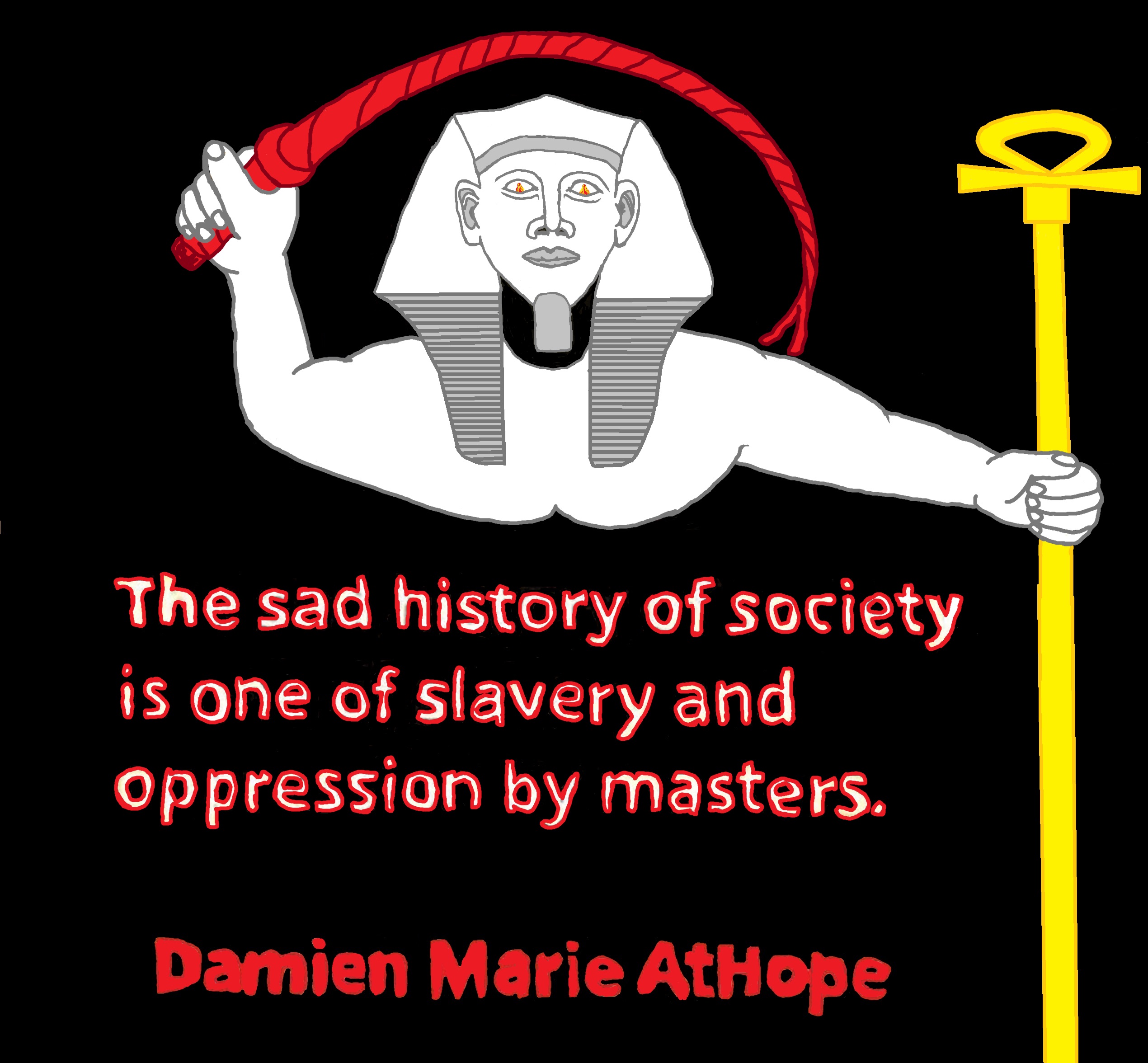
Did a 4,520–4,420-year-old Volcano In Turkey Inspire the Bible God?
The First Expression of the Male God around 7,000 years ago?
A First Male expression of a god?
I think so, and we see a lowering of the goddess that came before, as I believe, he now sits on her old birthing stool of power (sacred throne). To me, this represents the male and female duality and the first possible god sitting on a birthing stool to signify the male on the throne previously reserved only for women. I think the bent arms of both may possibly signify metaphoric “Bull Horns.” Part of the Hamangia culture (Romania and Bulgaria) between the Danube and the Black Sea and Muntenia in the south.
- (Magdalenian/Iberomaurusian) Connections to the First Paganists of the early Neolithic Near East
- Paganism: Goddesses around 12,000 years ago then Male Gods after 7,000 years ago
The Hamangia culture began around 7,250-7,200 years ago and lasted until around 6,550-6,500 years ago It was absorbed by the expanding Boian culture in its transition towards the Gumelnitsa. Its cultural links with Anatolia suggest that it was the result of a settlement by people from Anatolia, unlike the neighboring cultures, which appear descended from an earlier Neolithic settlement. ref
Goddess relating to the three realms: heaven, earth, and the underworld.
I surmise that there is an expression in goddess representation that relates to the three realms sky goddess with the upturned arms relating to the waxing crescent, the fat sitting goddess is a representation to the full moon and the arms turned down are a representation of the waning crescent. And it this way both up and down arms represent metaphorical bullhorns and why goddesses are associated with bulls or as bulls. Especially, with paganism.
My Thought on the Evolution of God?
Animal protector deities from old totems/spirit animal beliefs come first to me, 13,000/12,000 years ago, then women as deities 11,000/10,000 years ago, then male gods around 7,000/8,000 years ago. Then Moralistic gods around 5,000/4,000 years ago.
Several Kemetuic statuettes of goddesses with vulture-shaped heads and upraised arms are known from around 6,200-5,400 years ago. Ancient ivory amulet of a bearded man “phallus” from the Gerzeh culture. ref
The Colossus of Min Dynasty 0 (around 5,300 years ago). This big statue (in brown) is one of a pair found in the re-mains of the temple in Coptos in Upper Egypt. ref
Nagada, also known as Naqada, is the type site of the prehistoric Egyptian Amratian culture (“Naqada I”), Gerzeh culture (“Naqada II”), and Naqada III (“Dynasty 0”) predynastic cultures. Naqada existed before and during the union of Upper Egypt and Lower Egypt, the Naqada III or “protodynastic” period. The process of unification apparently started from Nagada. ref
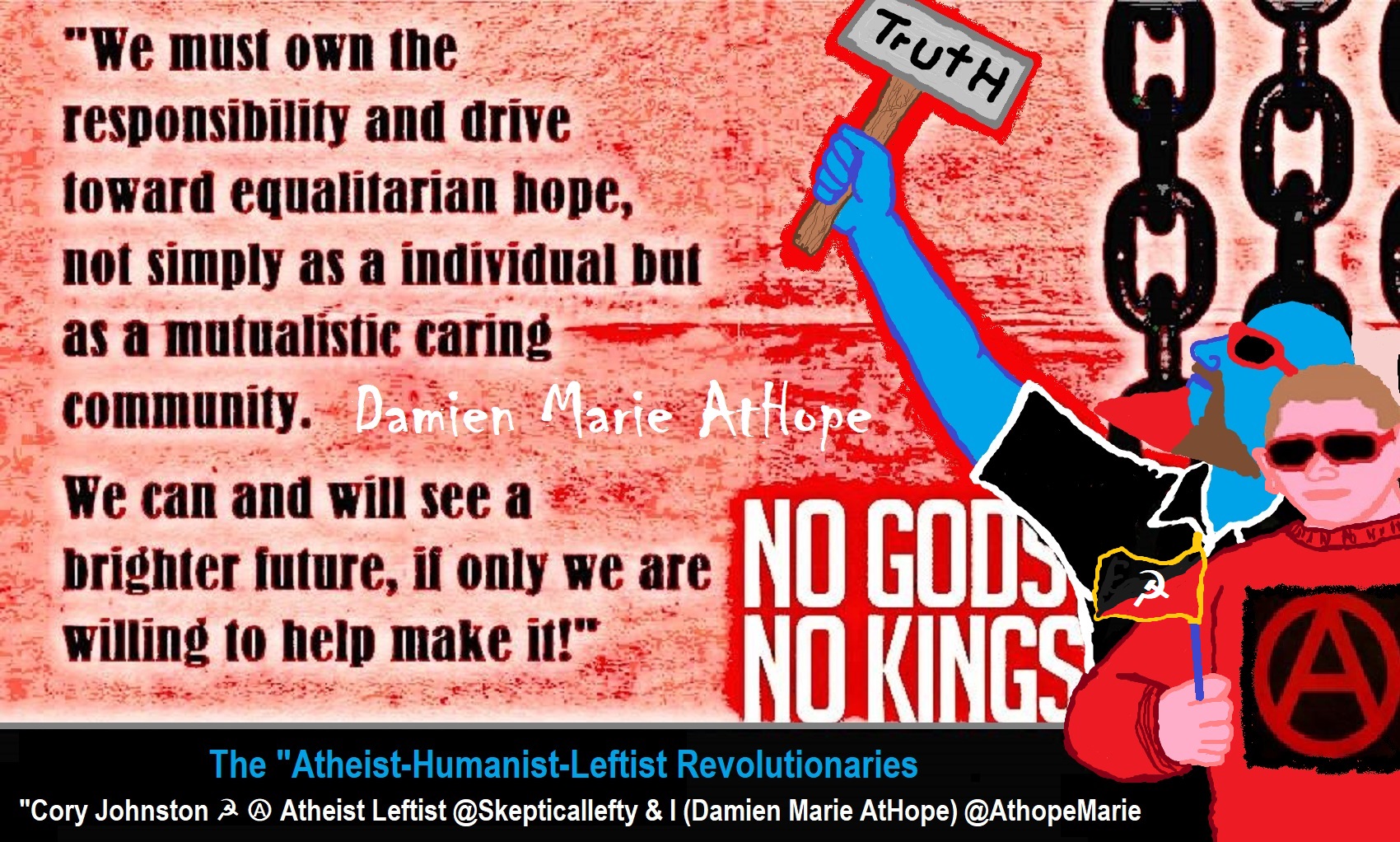
While hallucinogens are associated with shamanism, it is alcohol that is associated with paganism.
The Atheist-Humanist-Leftist Revolutionaries Shows in the prehistory series:
Show two: Pre-animism 300,000 years old and animism 100,000 years old: related to “Anarchism and Socialism”
Show tree: Totemism 50,000 years old: related to “Anarchism and Socialism”
Show four: Shamanism 30,000 years old: related to “Anarchism and Socialism”
Show five: Paganism 12,000 years old: related to “Anarchism and Socialism”
Show six: Emergence of hierarchy, sexism, slavery, and the new male god dominance: Paganism 7,000-5,000 years old: related to “Anarchism and Socialism” (Capitalism) (World War 0) Elite and their slaves!
Prehistory: related to “Anarchism and Socialism” the division of labor, power, rights, and recourses: VIDEO
Pre-animism 300,000 years old and animism 100,000 years old: related to “Anarchism and Socialism”: VIDEO
Totemism 50,000 years old: related to “Anarchism and Socialism”: VIDEO
Shamanism 30,000 years old: related to “Anarchism and Socialism”: VIDEO
Paganism 12,000 years old: related to “Anarchism and Socialism” (Pre-Capitalism): VIDEO
Paganism 7,000-5,000 years old: related to “Anarchism and Socialism” (Capitalism) (World War 0) Elite and their slaves: VIEDO
Paganism 5,000 years old: progressed organized religion and the state: related to “Anarchism and Socialism” (Kings and the Rise of the State): VIEDO
Paganism 4,000 years old: related to “Anarchism and Socialism” (First Moralistic gods, then the Origin time of Monotheism): VIEDO
I do not hate simply because I challenge and expose myths or lies any more than others being thought of as loving simply because of the protection and hiding from challenge their favored myths or lies.
The truth is best championed in the sunlight of challenge.
An archaeologist once said to me “Damien religion and culture are very different”
My response, So are you saying that was always that way, such as would you say Native Americans’ cultures are separate from their religions? And do you think it always was the way you believe?
I had said that religion was a cultural product. That is still how I see it and there are other archaeologists that think close to me as well. Gods too are the myths of cultures that did not understand science or the world around them, seeing magic/supernatural everywhere.
I personally think there is a goddess and not enough evidence to support a male god at Çatalhöyük but if there was both a male and female god and goddess then I know the kind of gods they were like Proto-Indo-European mythology.
This series idea was addressed in, Anarchist Teaching as Free Public Education or Free Education in the Public: VIDEO
Our 12 video series: Organized Oppression: Mesopotamian State Force and the Politics of power (9,000-4,000 years ago), is adapted from: The Complete and Concise History of the Sumerians and Early Bronze Age Mesopotamia (7000-2000 BC): https://www.youtube.com/watch?v=szFjxmY7jQA by “History with Cy“
Show #1: Mesopotamian State Force and the Politics of Power (Samarra, Halaf, Ubaid)
Show #2: Mesopotamian State Force and the Politics of Power (Eridu “Tell Abu Shahrain”)
Show #3: Mesopotamian State Force and the Politics of Power (Uruk and the First Cities)
Show #4: Mesopotamian State Force and the Politics of Power (First Kings)
Show #5: Mesopotamian State Force and the Politics of Power (Early Dynastic Period)
Show #6: Mesopotamian State Force and the Politics of Power (King/Ruler Lugalzagesi)
Show #7: Mesopotamian State Force and the Politics of Power (Sargon and Akkadian Rule)
Show #9: Mesopotamian State Force and the Politics of Power (Gudea of Lagash and Utu-hegal)
Show #12: Mesopotamian State Force and the Politics of Power (Aftermath and Legacy of Sumer)

The “Atheist-Humanist-Leftist Revolutionaries”
Cory Johnston ☭ Ⓐ Atheist Leftist @Skepticallefty & I (Damien Marie AtHope) @AthopeMarie (my YouTube & related blog) are working jointly in atheist, antitheist, antireligionist, antifascist, anarchist, socialist, and humanist endeavors in our videos together, generally, every other Saturday.
Why Does Power Bring Responsibility?
Think, how often is it the powerless that start wars, oppress others, or commit genocide? So, I guess the question is to us all, to ask, how can power not carry responsibility in a humanity concept? I know I see the deep ethical responsibility that if there is power their must be a humanistic responsibility of ethical and empathic stewardship of that power. Will I be brave enough to be kind? Will I possess enough courage to be compassionate? Will my valor reach its height of empathy? I as everyone, earns our justified respect by our actions, that are good, ethical, just, protecting, and kind. Do I have enough self-respect to put my love for humanity’s flushing, over being brought down by some of its bad actors? May we all be the ones doing good actions in the world, to help human flourishing.
I create the world I want to live in, striving for flourishing. Which is not a place but a positive potential involvement and promotion; a life of humanist goal precision. To master oneself, also means mastering positive prosocial behaviors needed for human flourishing. I may have lost a god myth as an atheist, but I am happy to tell you, my friend, it is exactly because of that, leaving the mental terrorizer, god belief, that I truly regained my connected ethical as well as kind humanity.
Cory and I will talk about prehistory and theism, addressing the relevance to atheism, anarchism, and socialism.
At the same time as the rise of the male god, 7,000 years ago, there was also the very time there was the rise of violence, war, and clans to kingdoms, then empires, then states. It is all connected back to 7,000 years ago, and it moved across the world.
Cory Johnston: https://damienmarieathope.com/2021/04/cory-johnston-mind-of-a-skeptical-leftist/?v=32aec8db952d
The Mind of a Skeptical Leftist (YouTube)
Cory Johnston: Mind of a Skeptical Leftist @Skepticallefty
The Mind of a Skeptical Leftist By Cory Johnston: “Promoting critical thinking, social justice, and left-wing politics by covering current events and talking to a variety of people. Cory Johnston has been thoughtfully talking to people and attempting to promote critical thinking, social justice, and left-wing politics.” http://anchor.fm/skepticalleft
Cory needs our support. We rise by helping each other.
Cory Johnston ☭ Ⓐ @Skepticallefty Evidence-based atheist leftist (he/him) Producer, host, and co-host of 4 podcasts @skeptarchy @skpoliticspod and @AthopeMarie
Damien Marie AtHope (“At Hope”) Axiological Atheist, Anti-theist, Anti-religionist, Secular Humanist. Rationalist, Writer, Artist, Poet, Philosopher, Advocate, Activist, Psychology, and Armchair Archaeology/Anthropology/Historian.
Damien is interested in: Freedom, Liberty, Justice, Equality, Ethics, Humanism, Science, Atheism, Antiteism, Antireligionism, Ignosticism, Left-Libertarianism, Anarchism, Socialism, Mutualism, Axiology, Metaphysics, LGBTQI, Philosophy, Advocacy, Activism, Mental Health, Psychology, Archaeology, Social Work, Sexual Rights, Marriage Rights, Woman’s Rights, Gender Rights, Child Rights, Secular Rights, Race Equality, Ageism/Disability Equality, Etc. And a far-leftist, “Anarcho-Humanist.”
I am not a good fit in the atheist movement that is mostly pro-capitalist, I am anti-capitalist. Mostly pro-skeptic, I am a rationalist not valuing skepticism. Mostly pro-agnostic, I am anti-agnostic. Mostly limited to anti-Abrahamic religions, I am an anti-religionist.
To me, the “male god” seems to have either emerged or become prominent around 7,000 years ago, whereas the now favored monotheism “male god” is more like 4,000 years ago or so. To me, the “female goddess” seems to have either emerged or become prominent around 11,000-10,000 years ago or so, losing the majority of its once prominence around 2,000 years ago due largely to the now favored monotheism “male god” that grow in prominence after 4,000 years ago or so.
My Thought on the Evolution of Gods?
Animal protector deities from old totems/spirit animal beliefs come first to me, 13,000/12,000 years ago, then women as deities 11,000/10,000 years ago, then male gods around 7,000/8,000 years ago. Moralistic gods around 5,000/4,000 years ago, and monotheistic gods around 4,000/3,000 years ago.

Damien Marie AtHope (Said as “At” “Hope”)/(Autodidact Polymath but not good at math):
Axiological Atheist, Anti-theist, Anti-religionist, Secular Humanist, Rationalist, Writer, Artist, Jeweler, Poet, “autodidact” Philosopher, schooled in Psychology, and “autodidact” Armchair Archaeology/Anthropology/Pre-Historian (Knowledgeable in the range of: 1 million to 5,000/4,000 years ago). I am an anarchist socialist politically. Reasons for or Types of Atheism
My Website, My Blog, & Short-writing or Quotes, My YouTube, Twitter: @AthopeMarie, and My Email: damien.marie.athope@gmail.com

